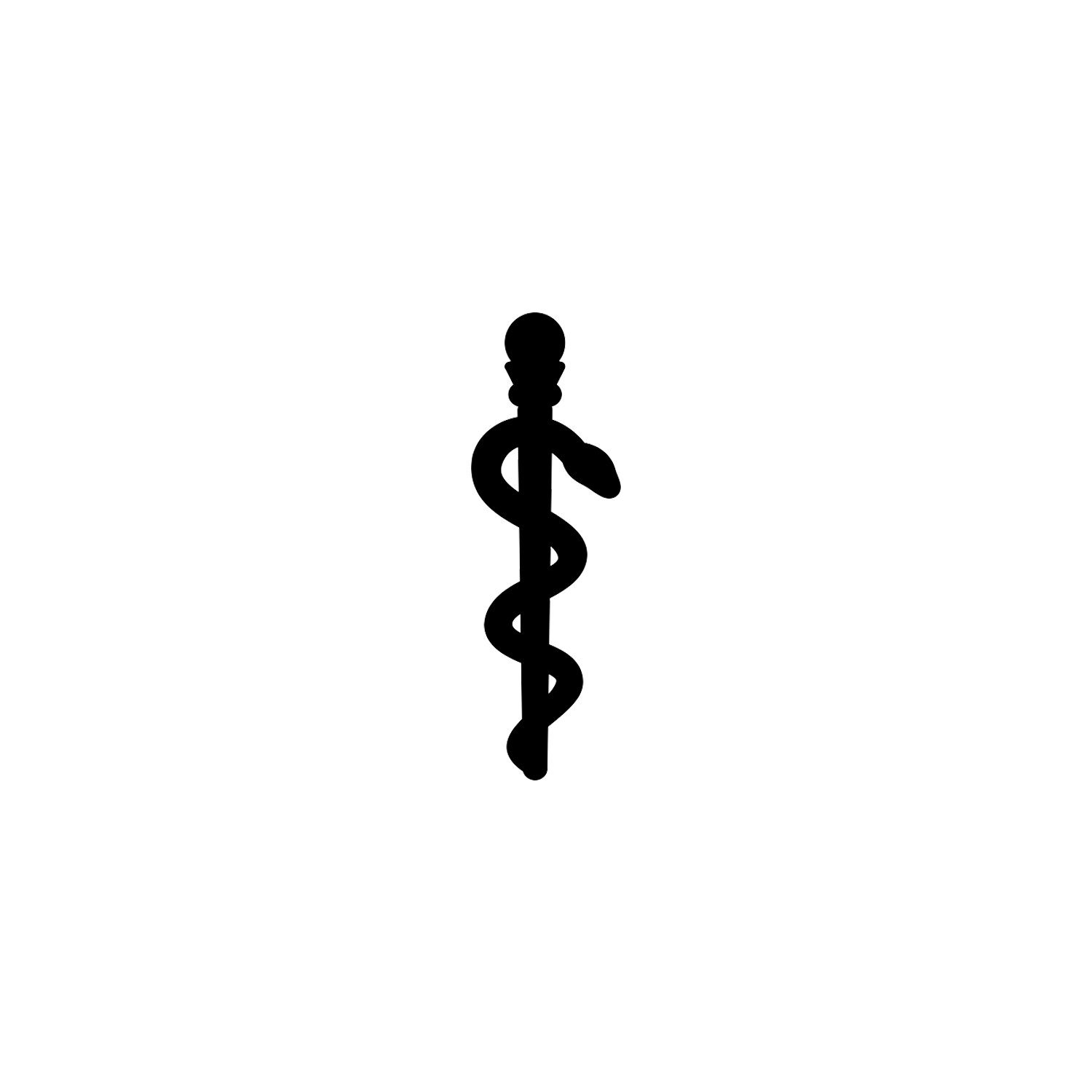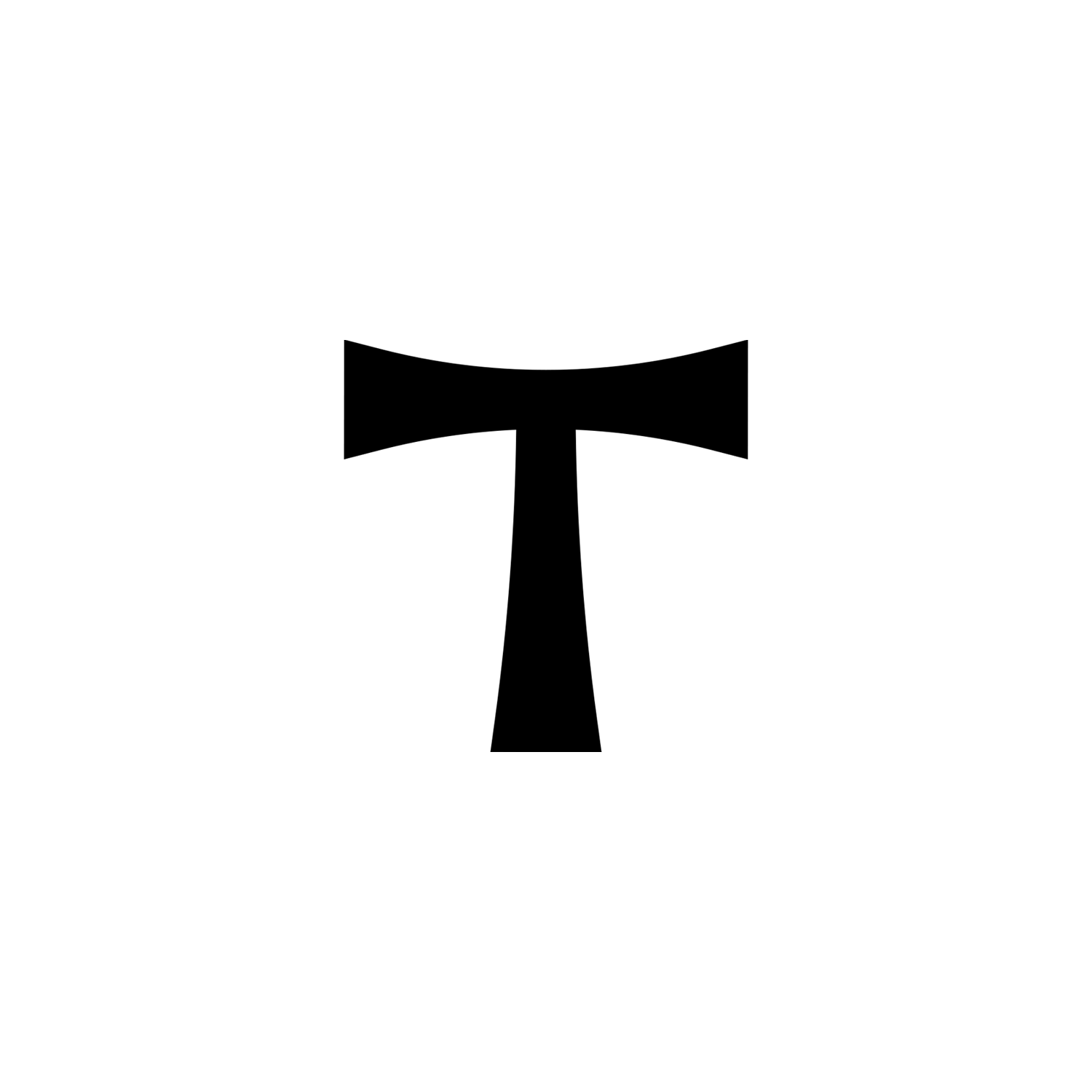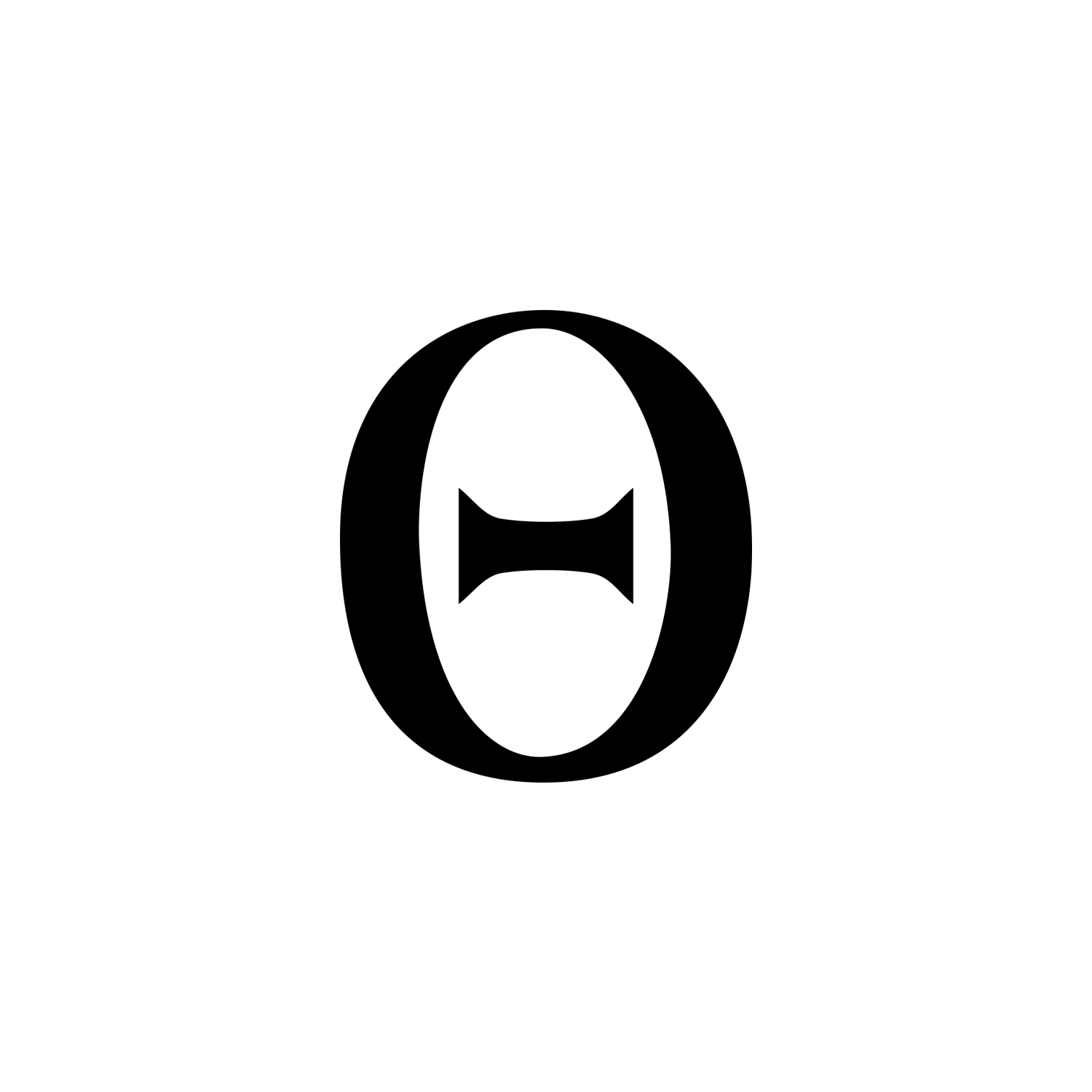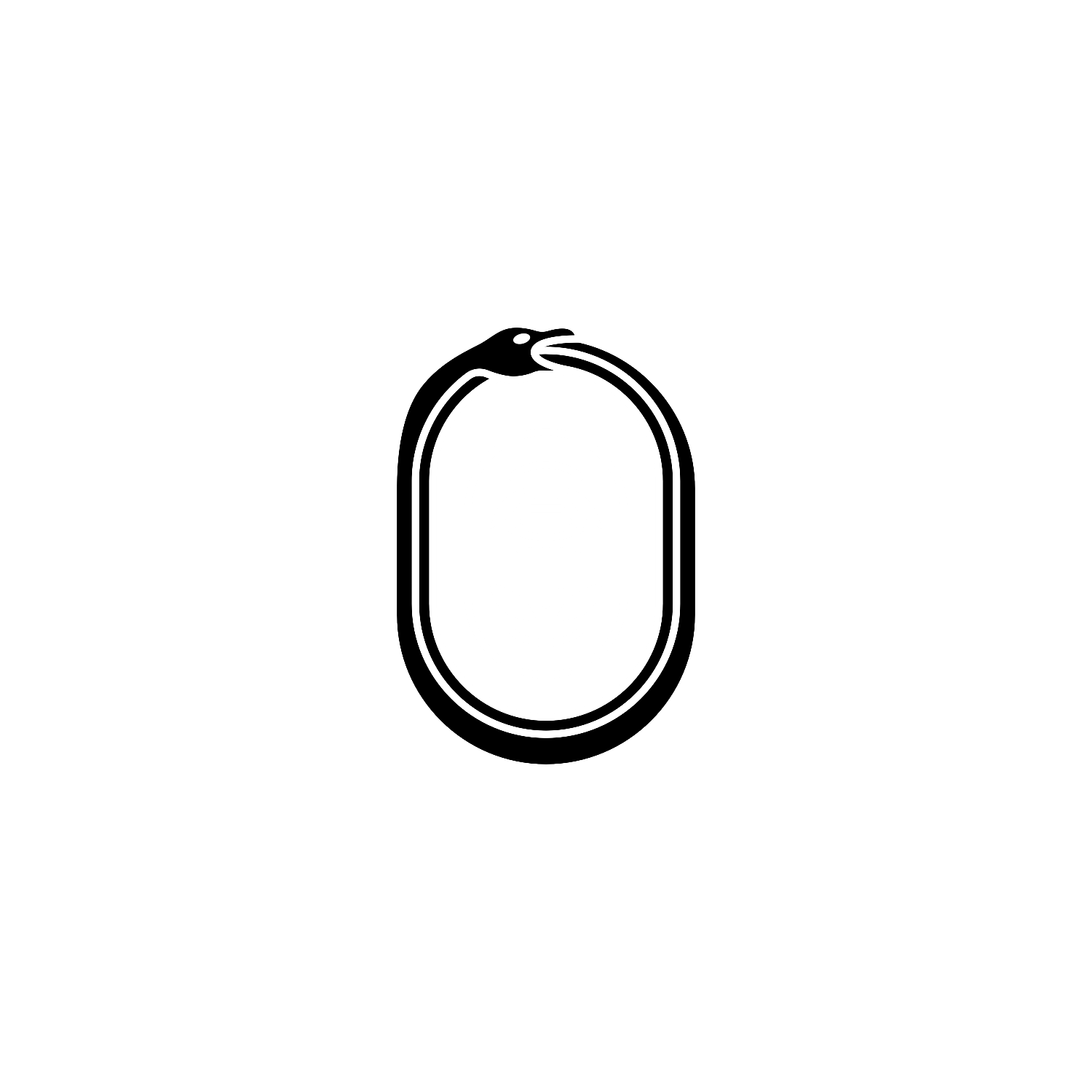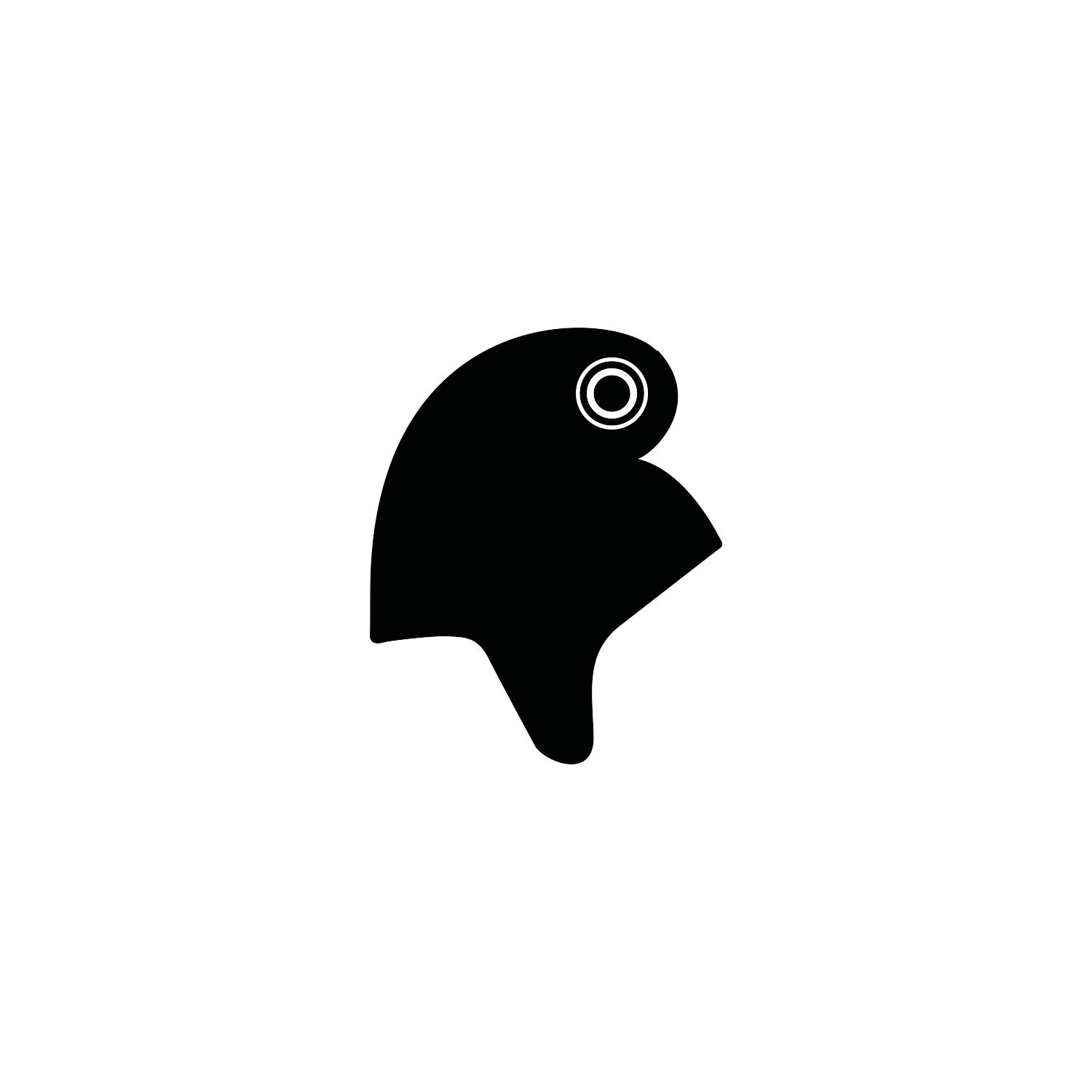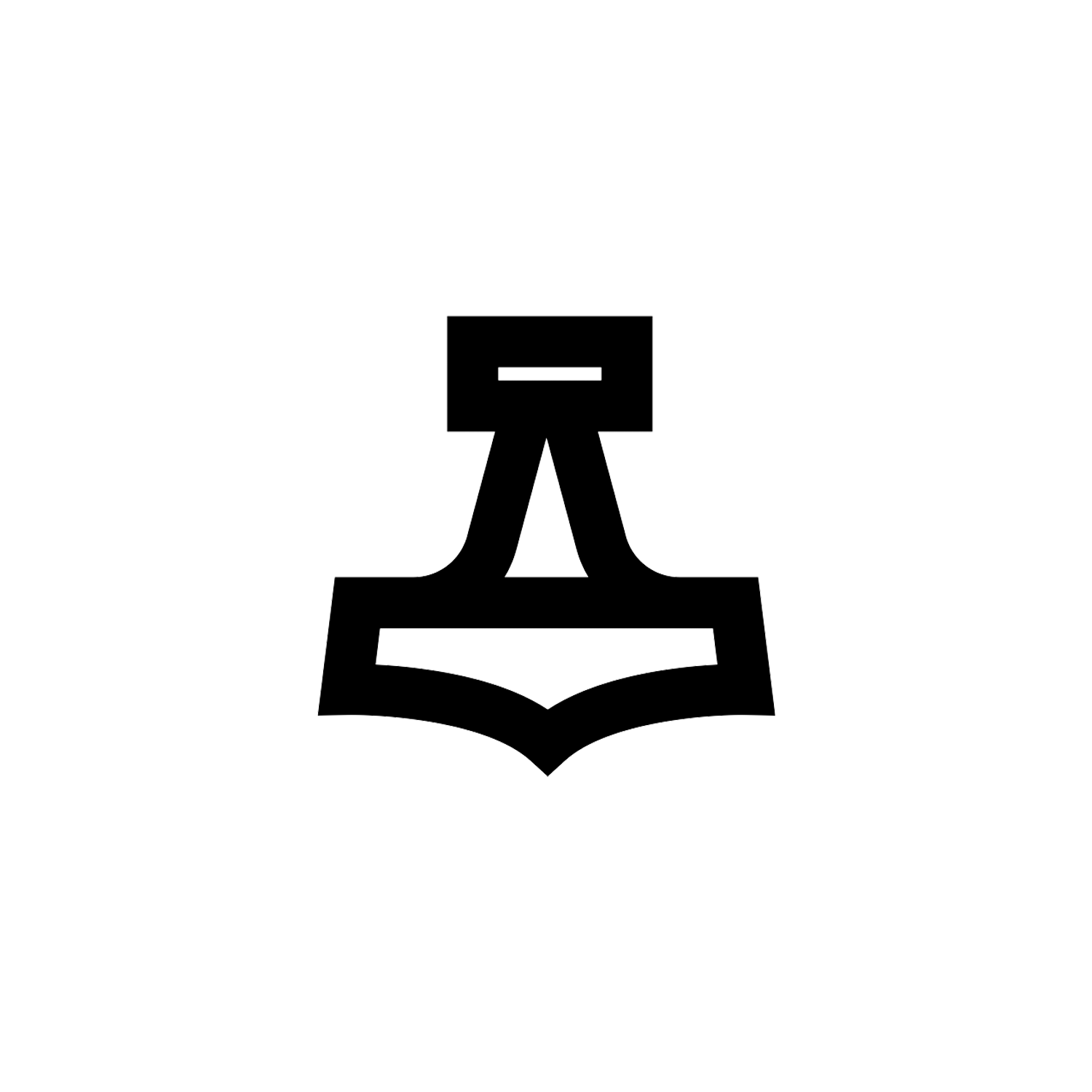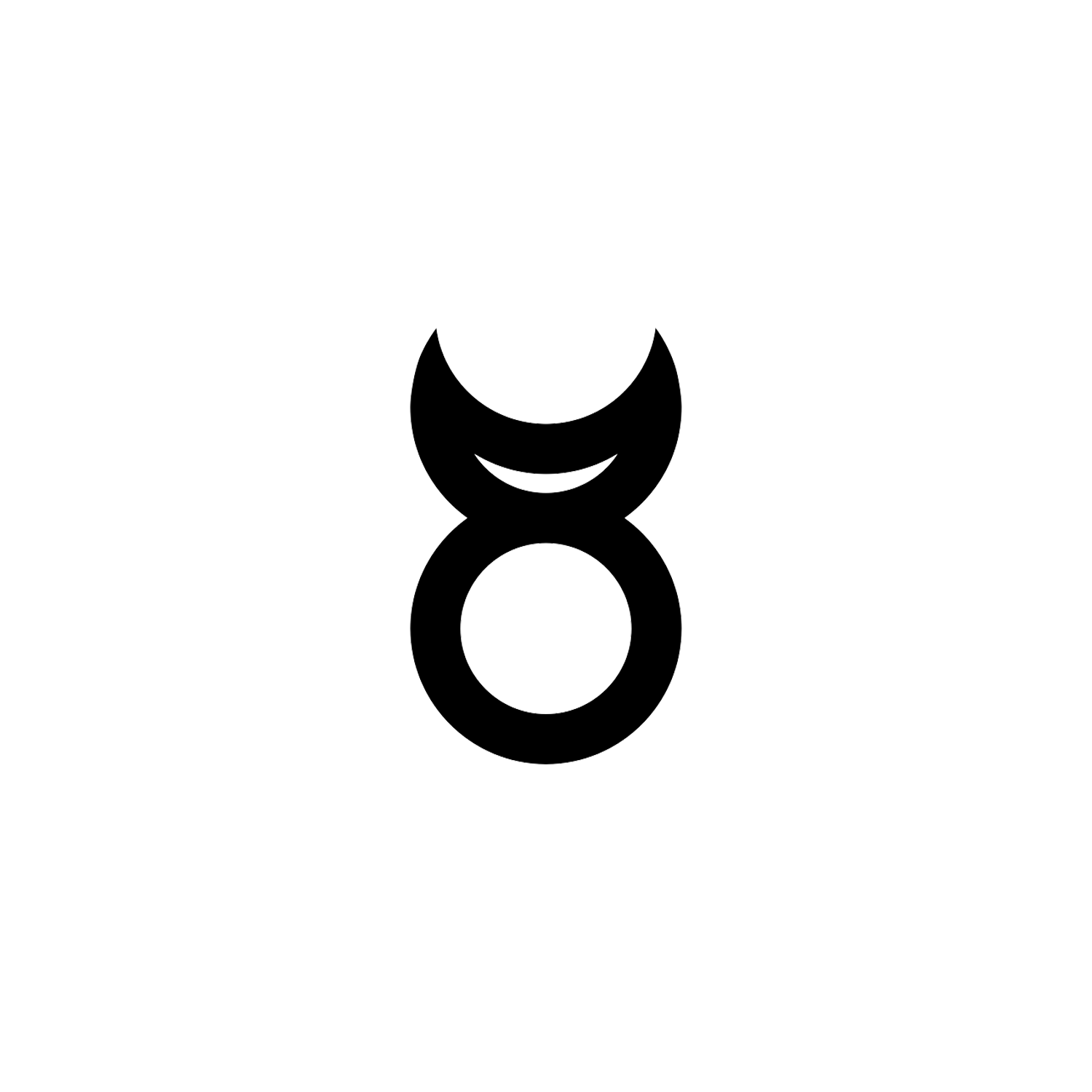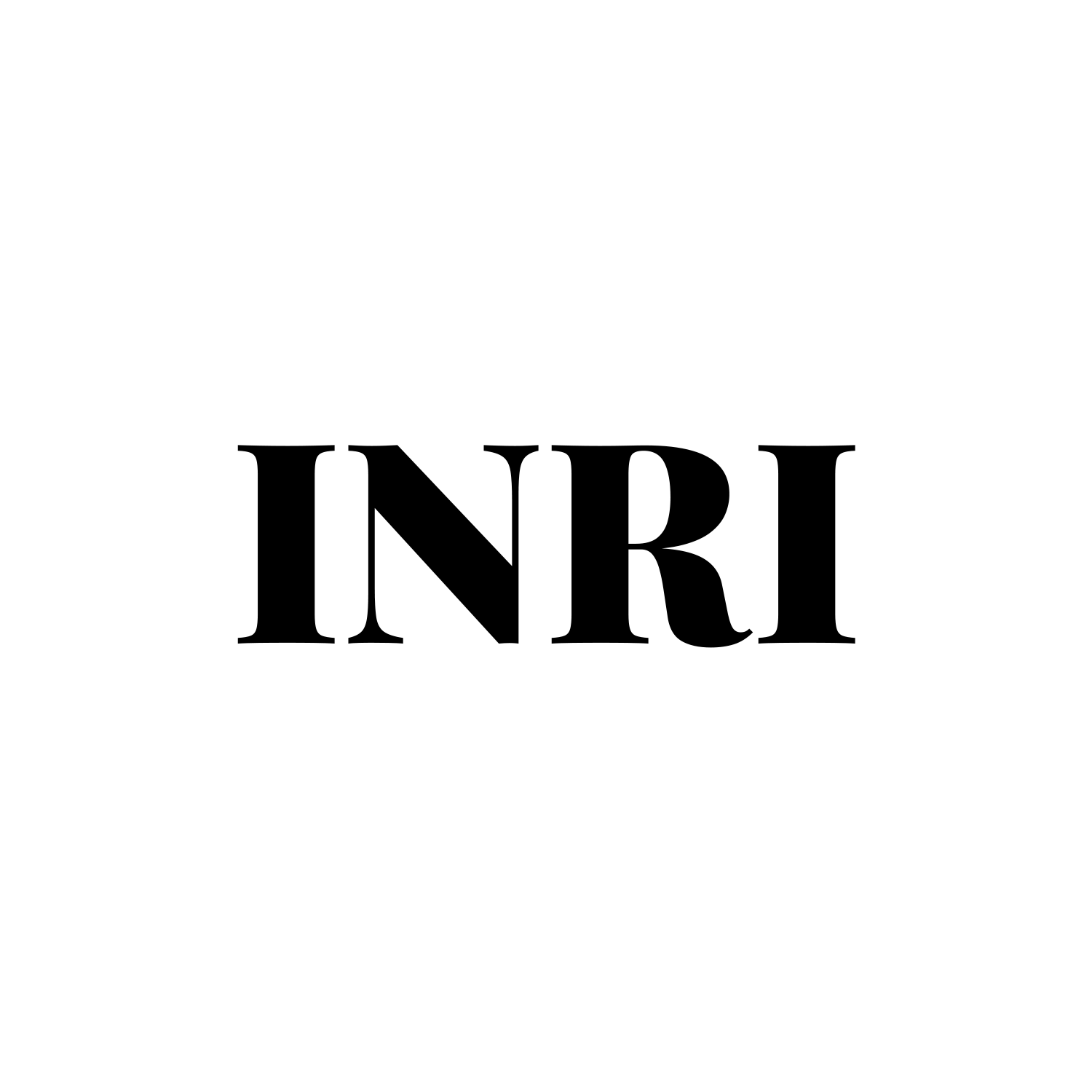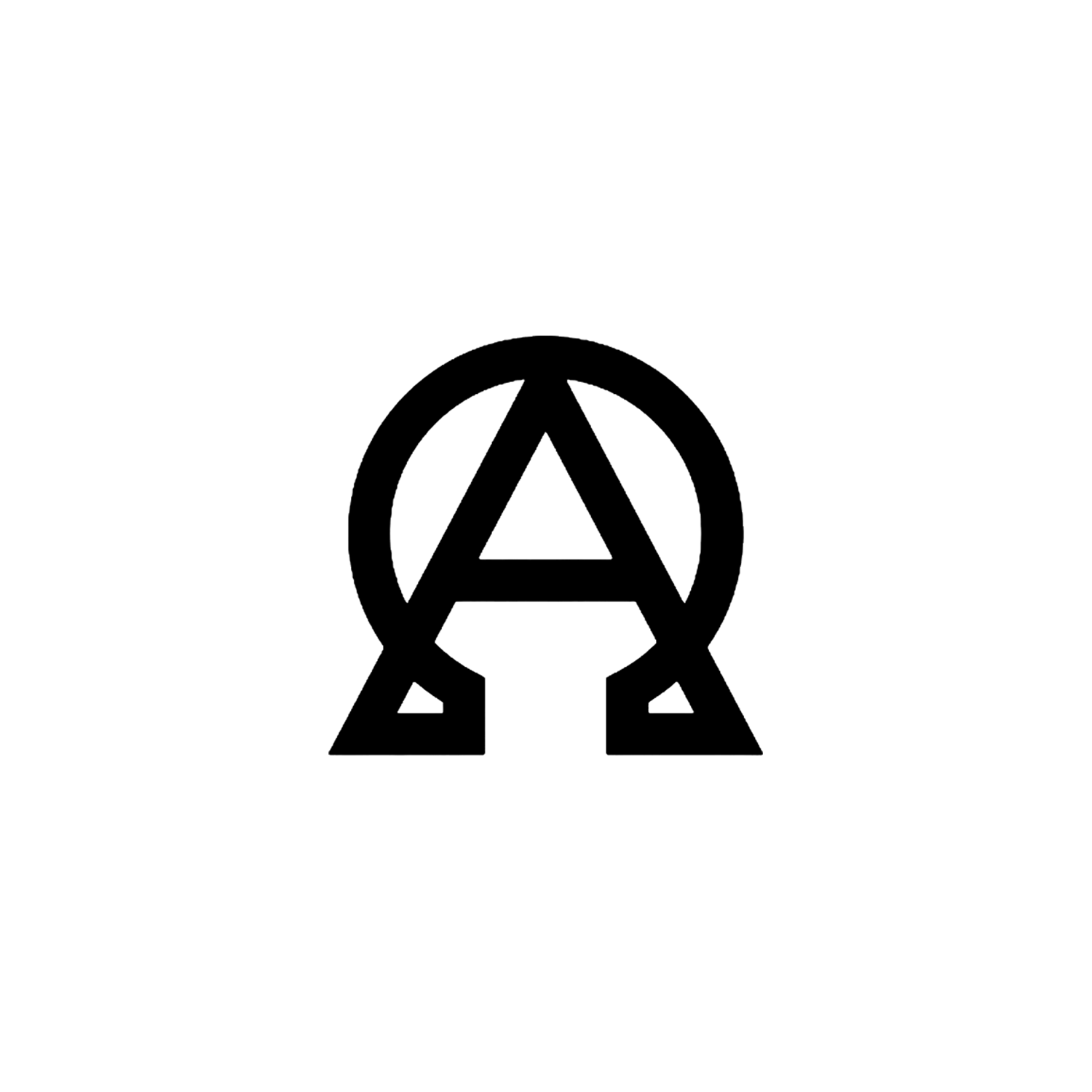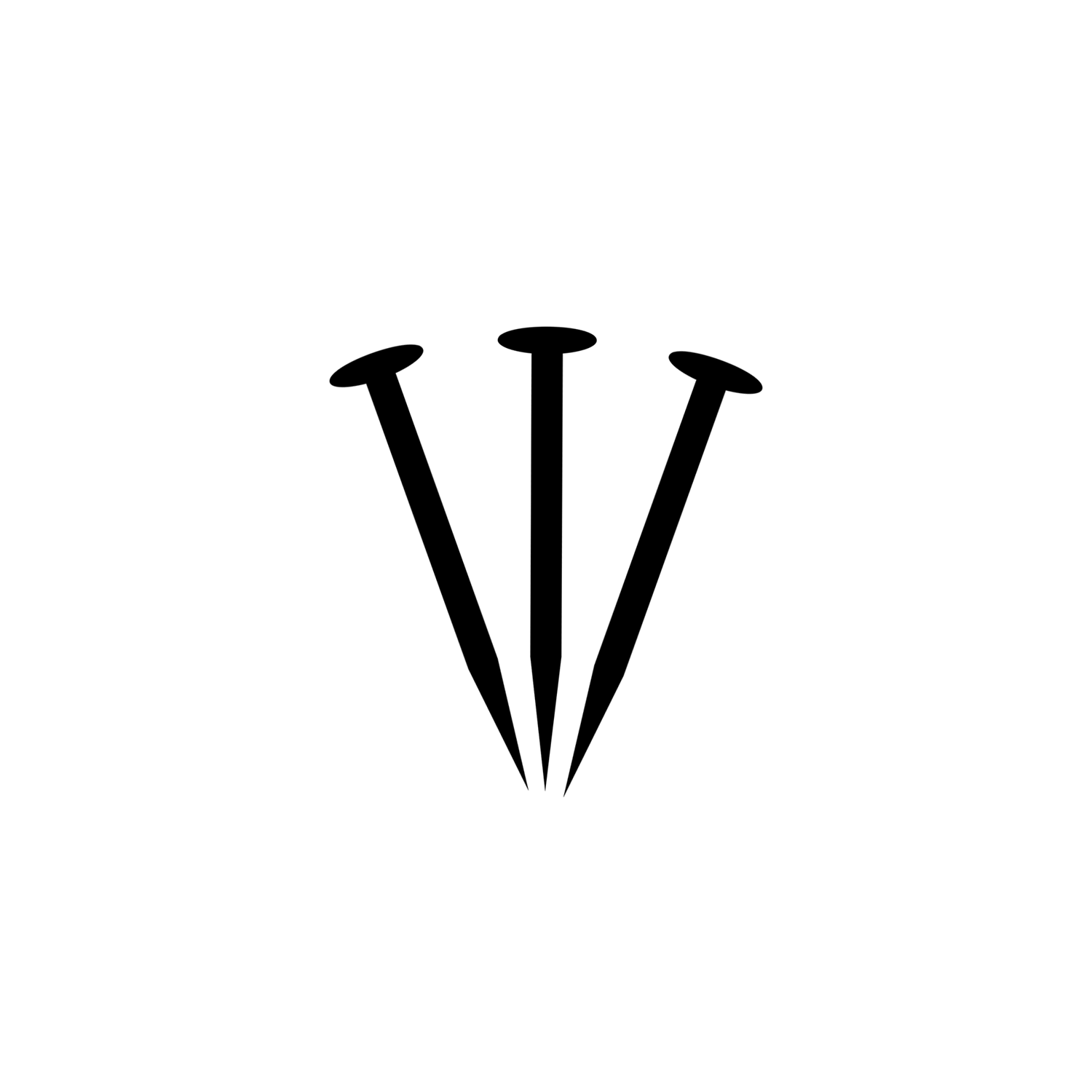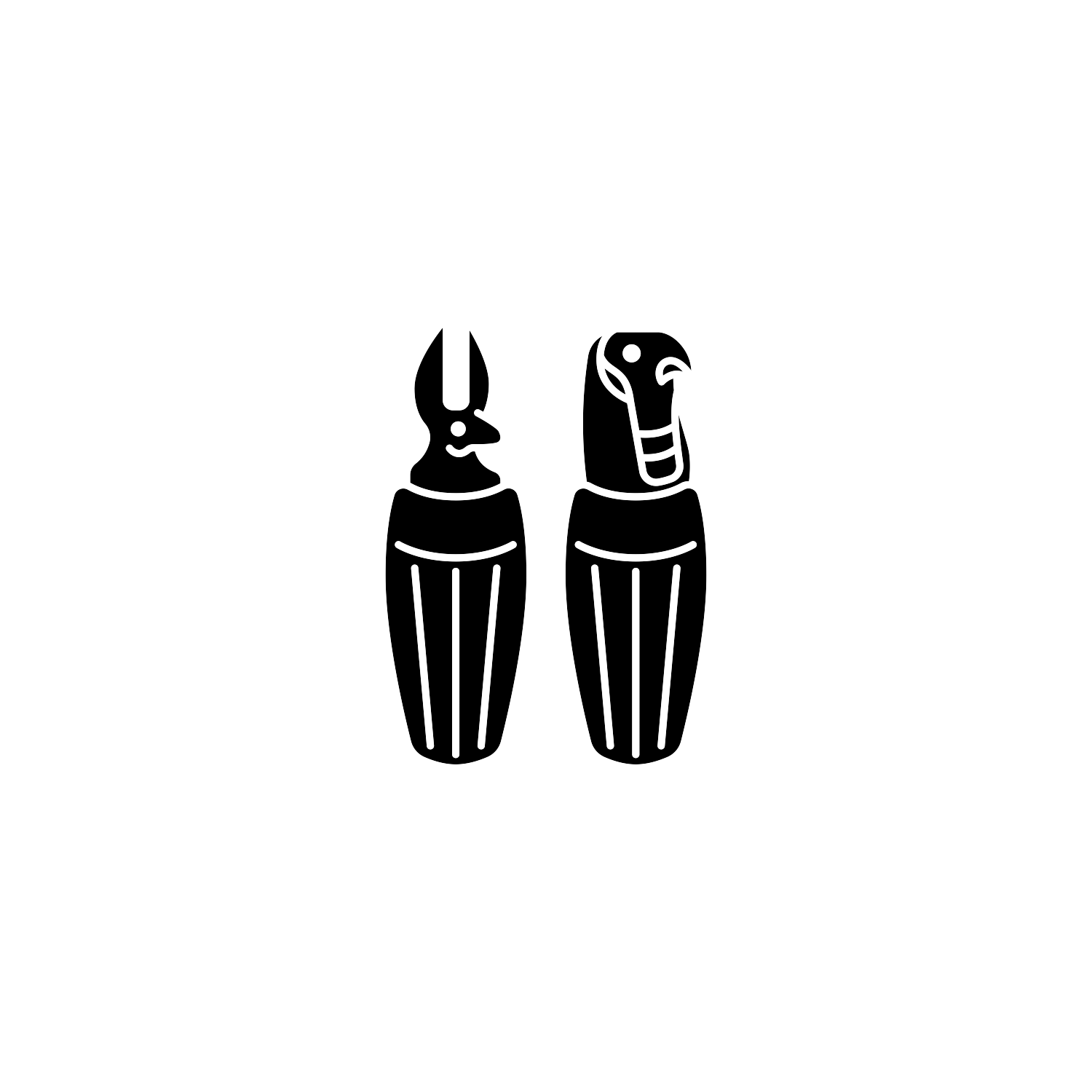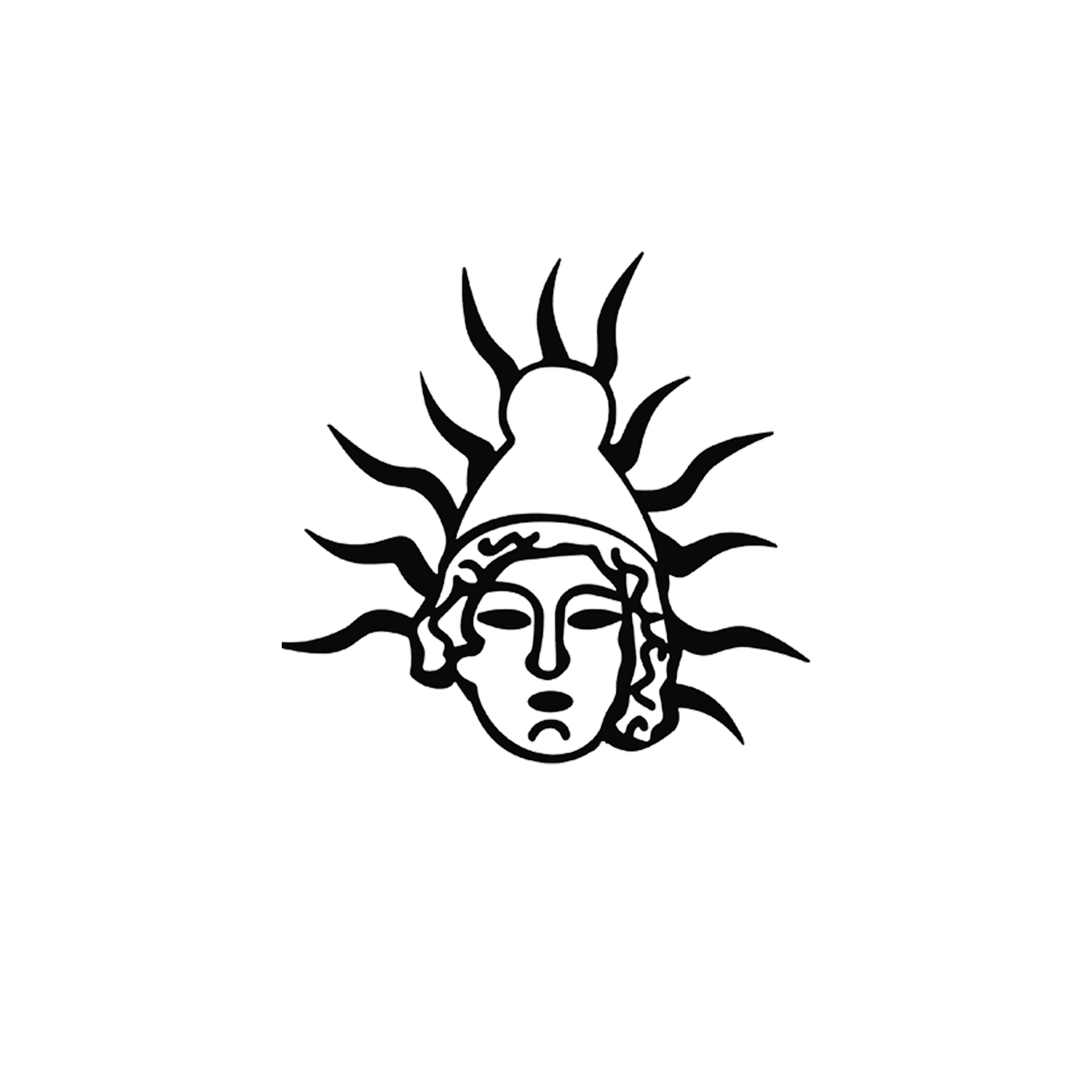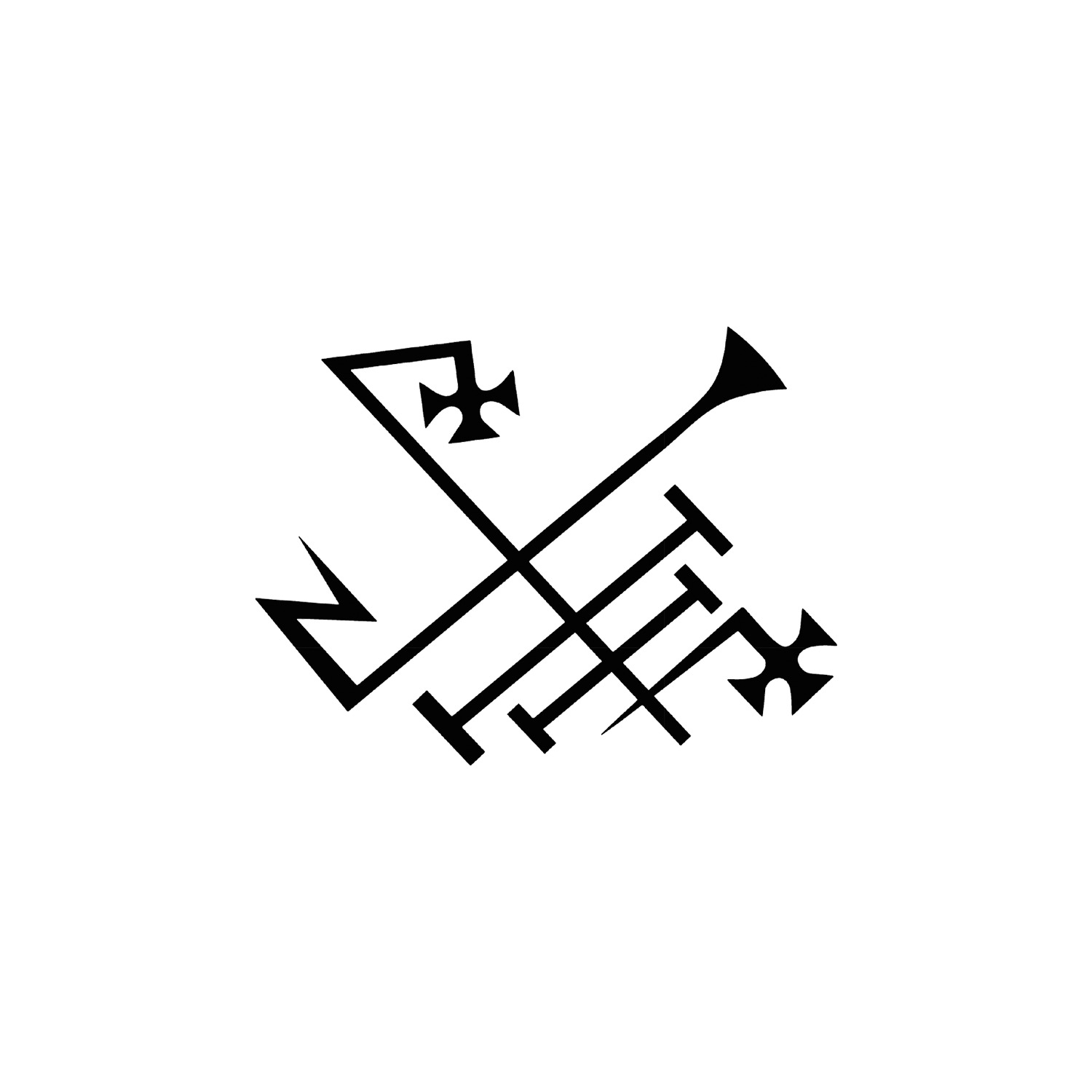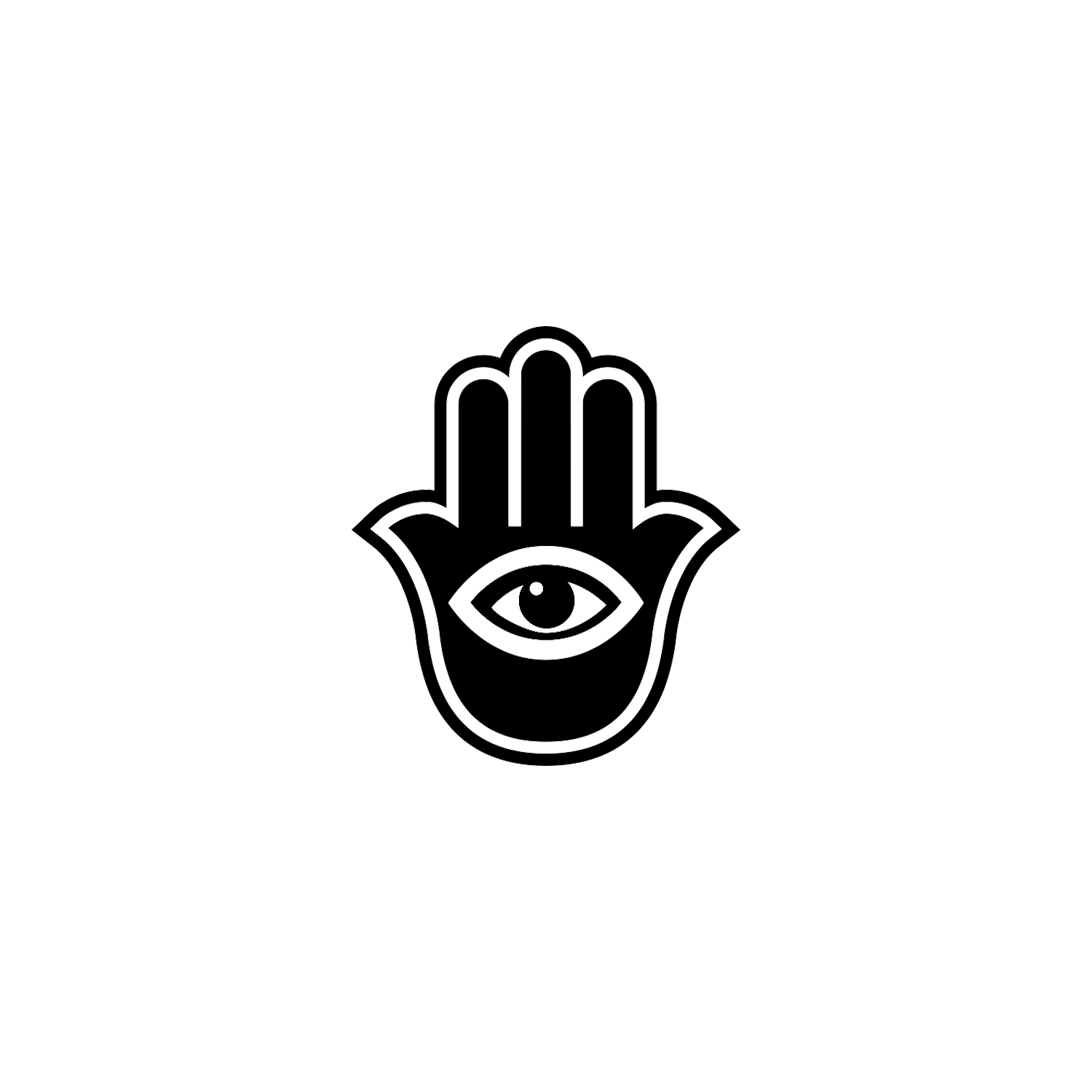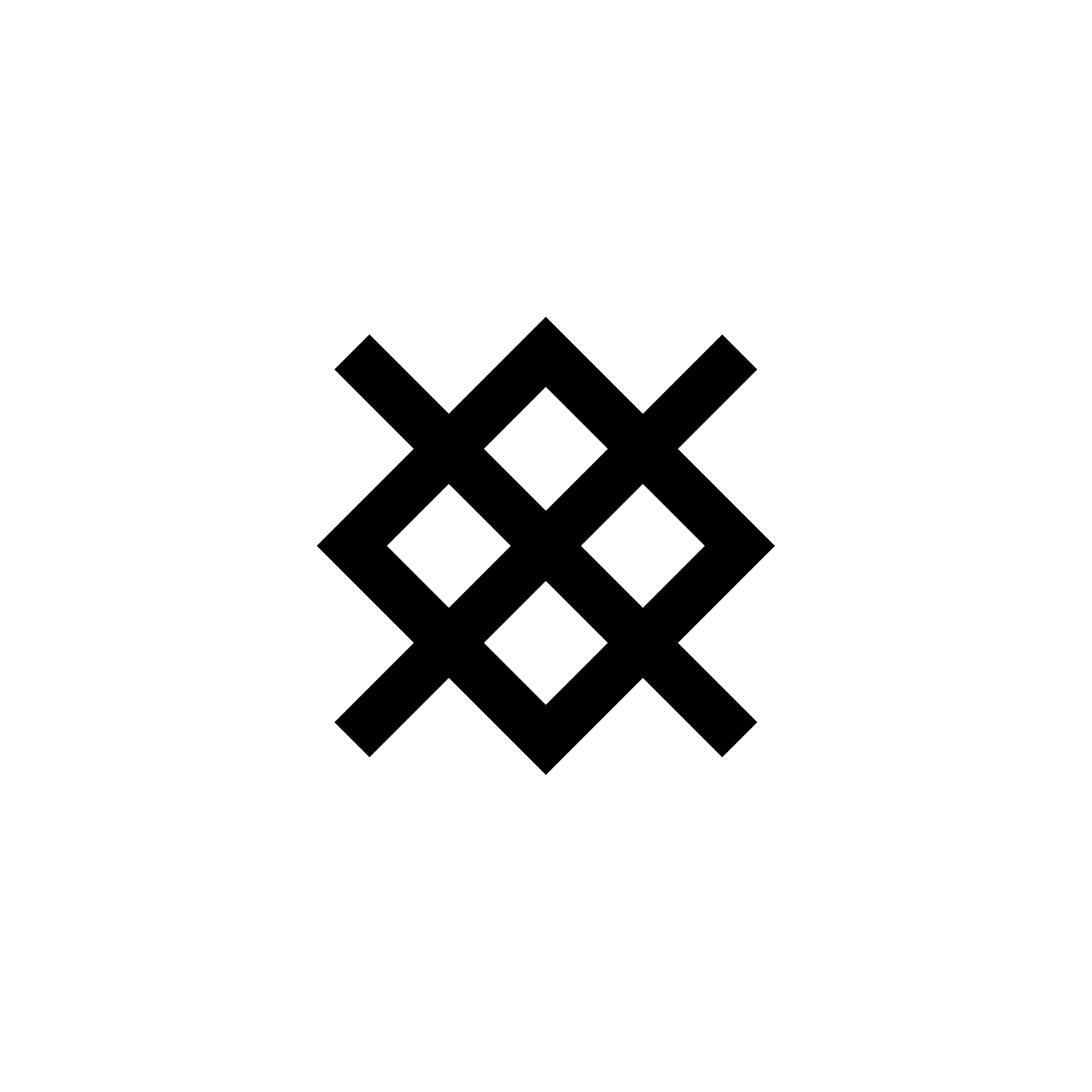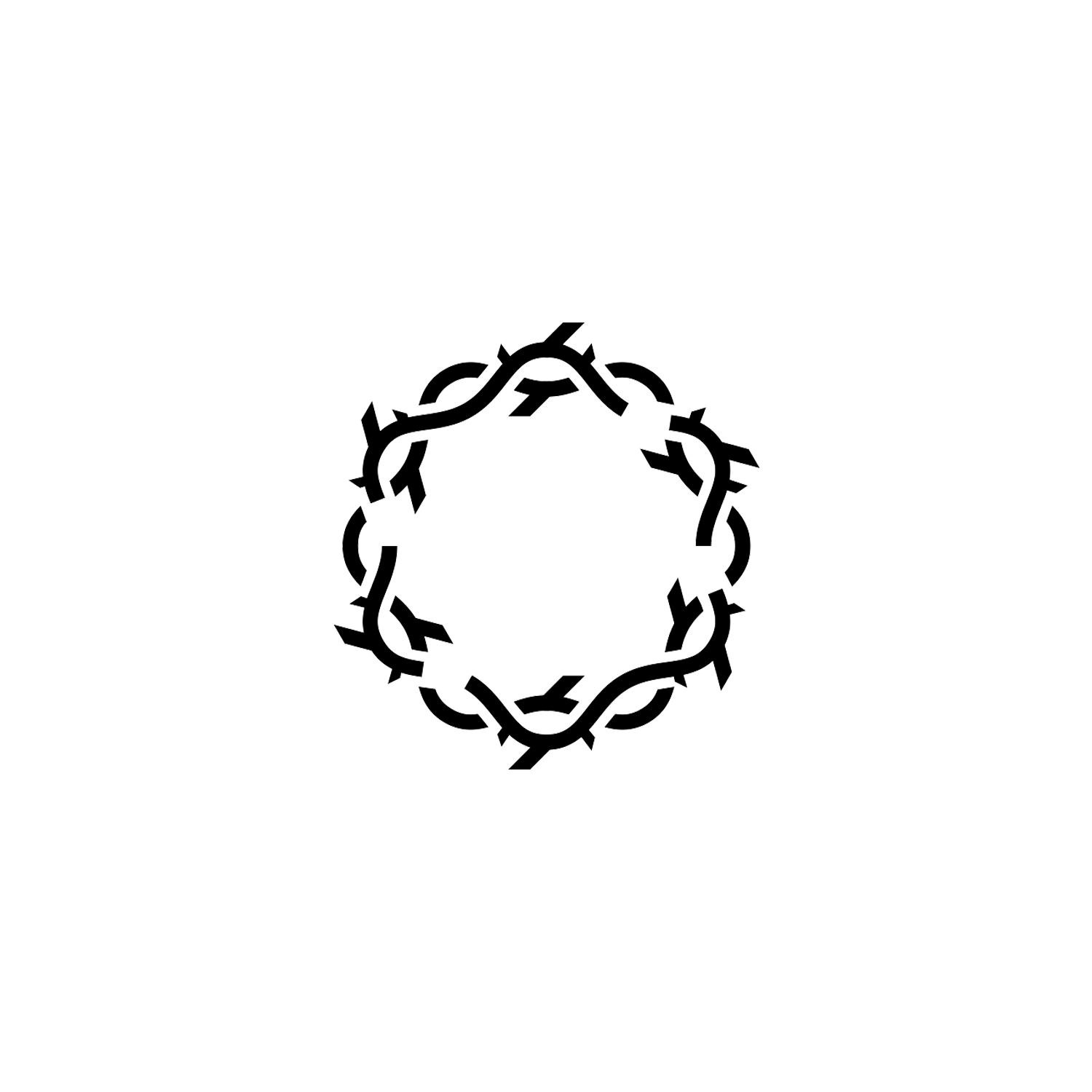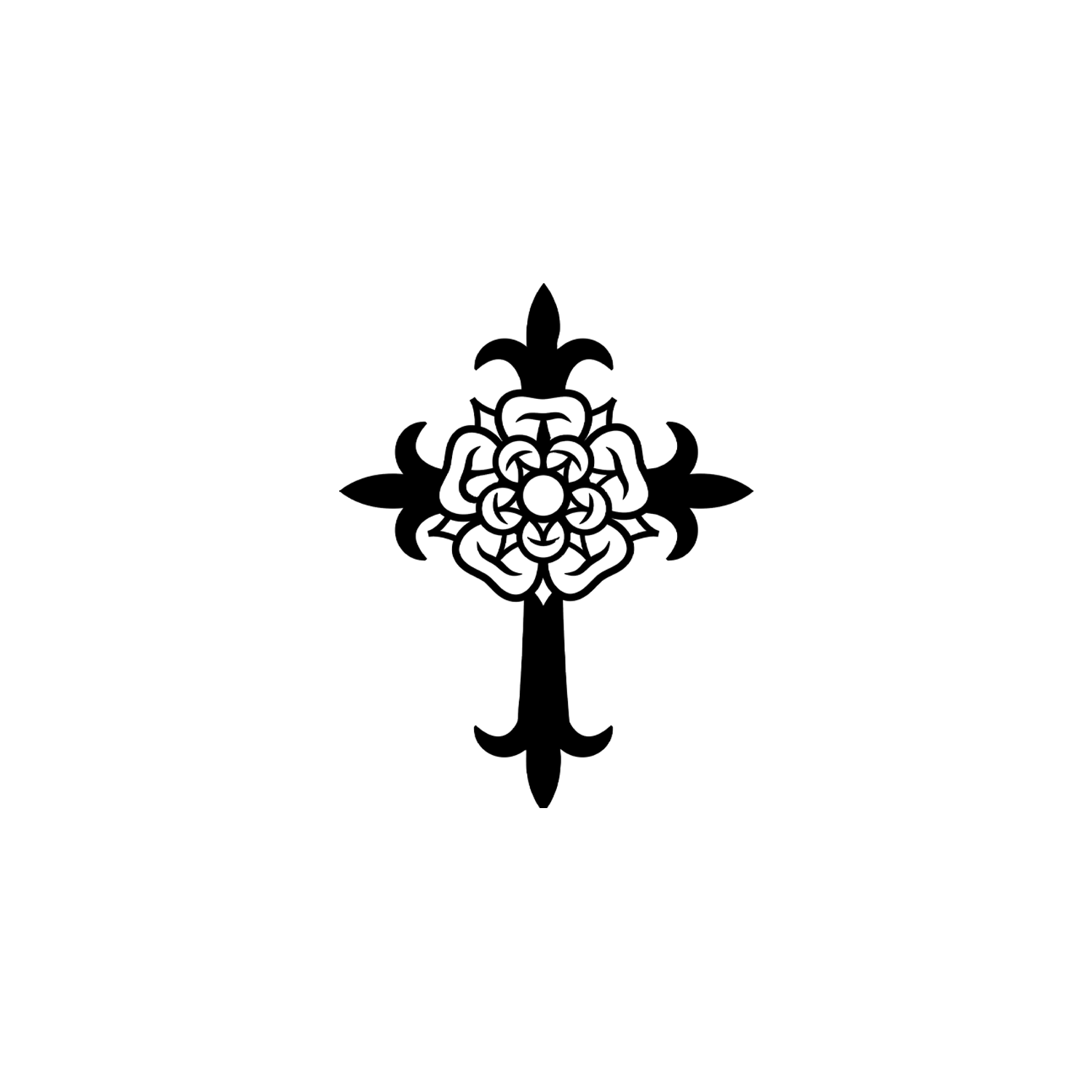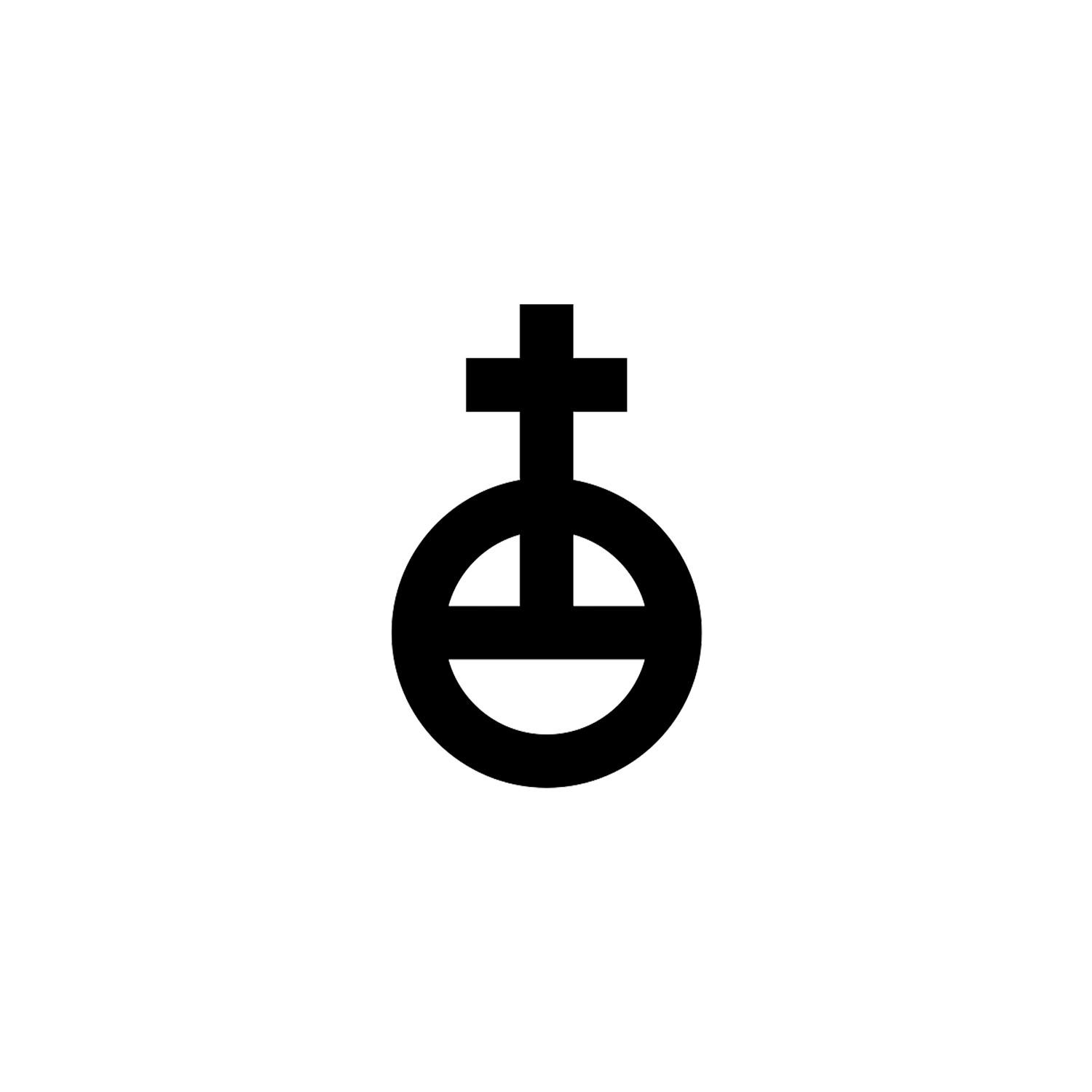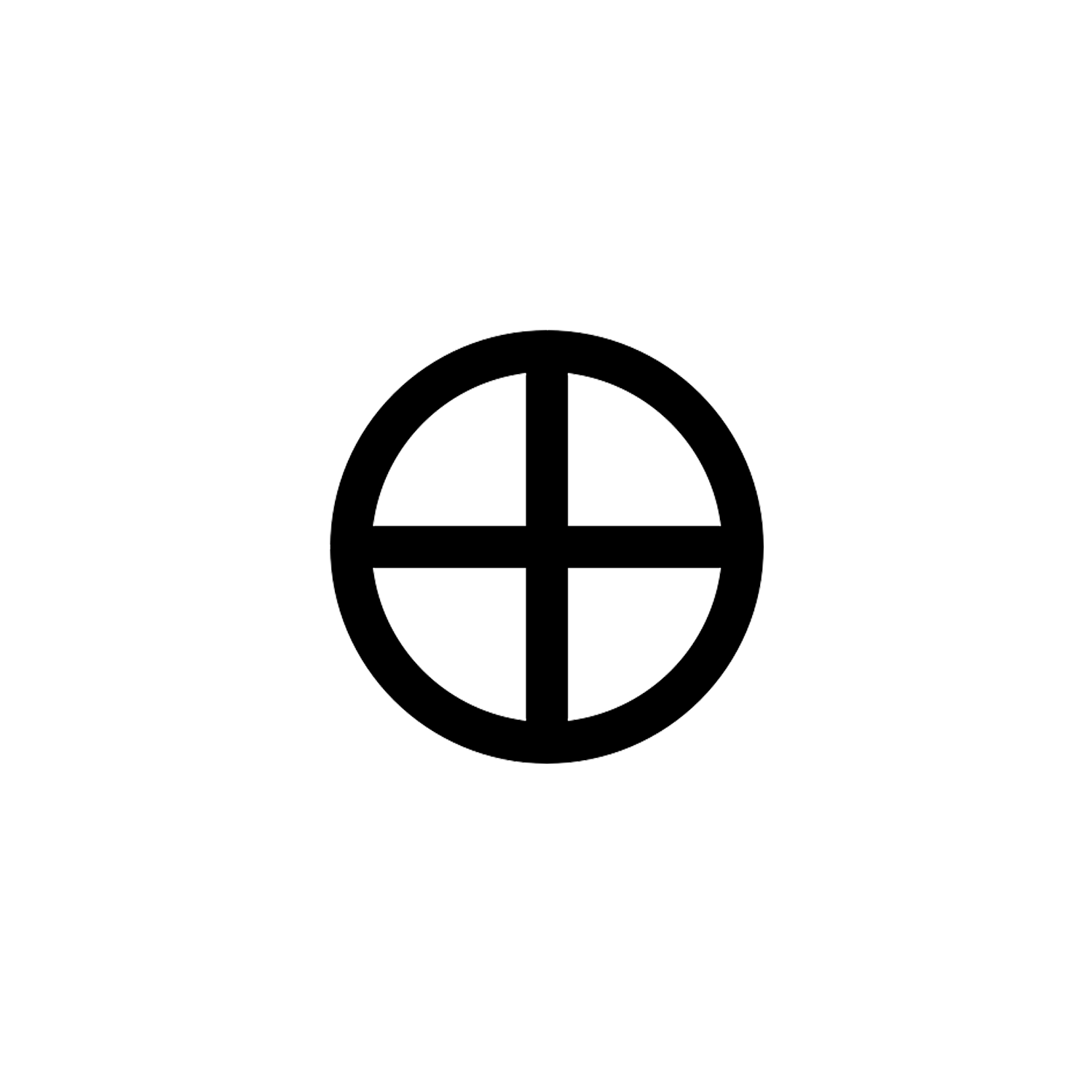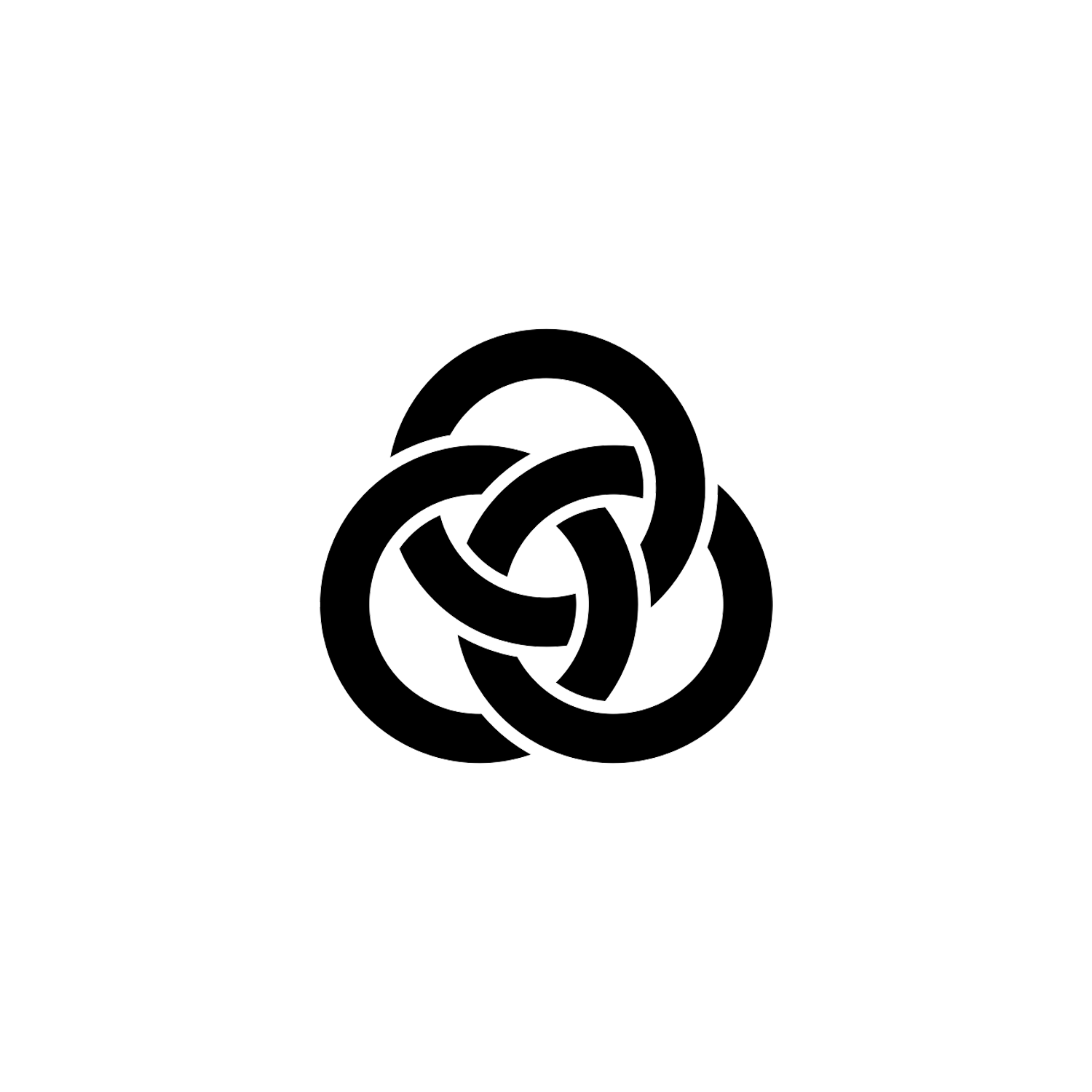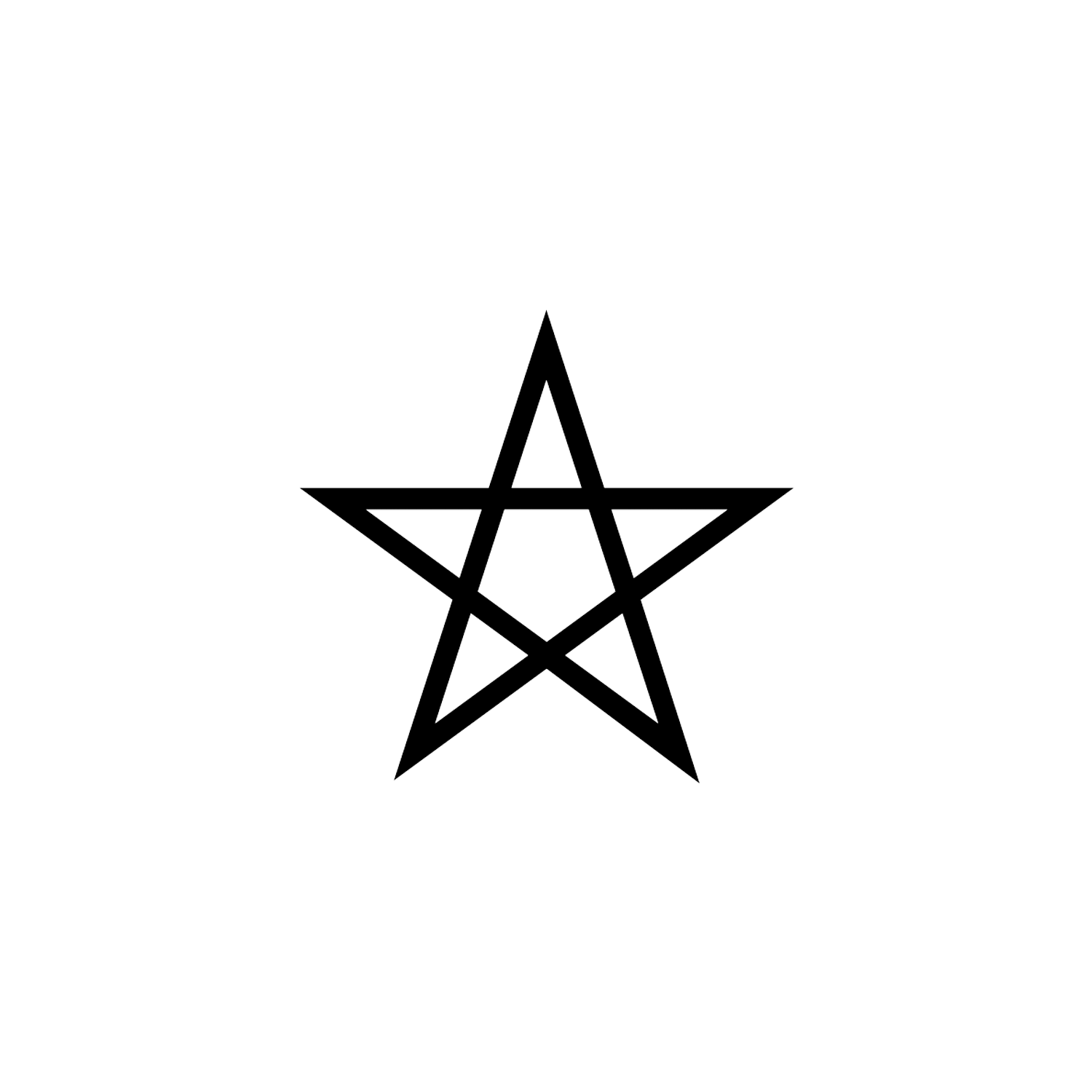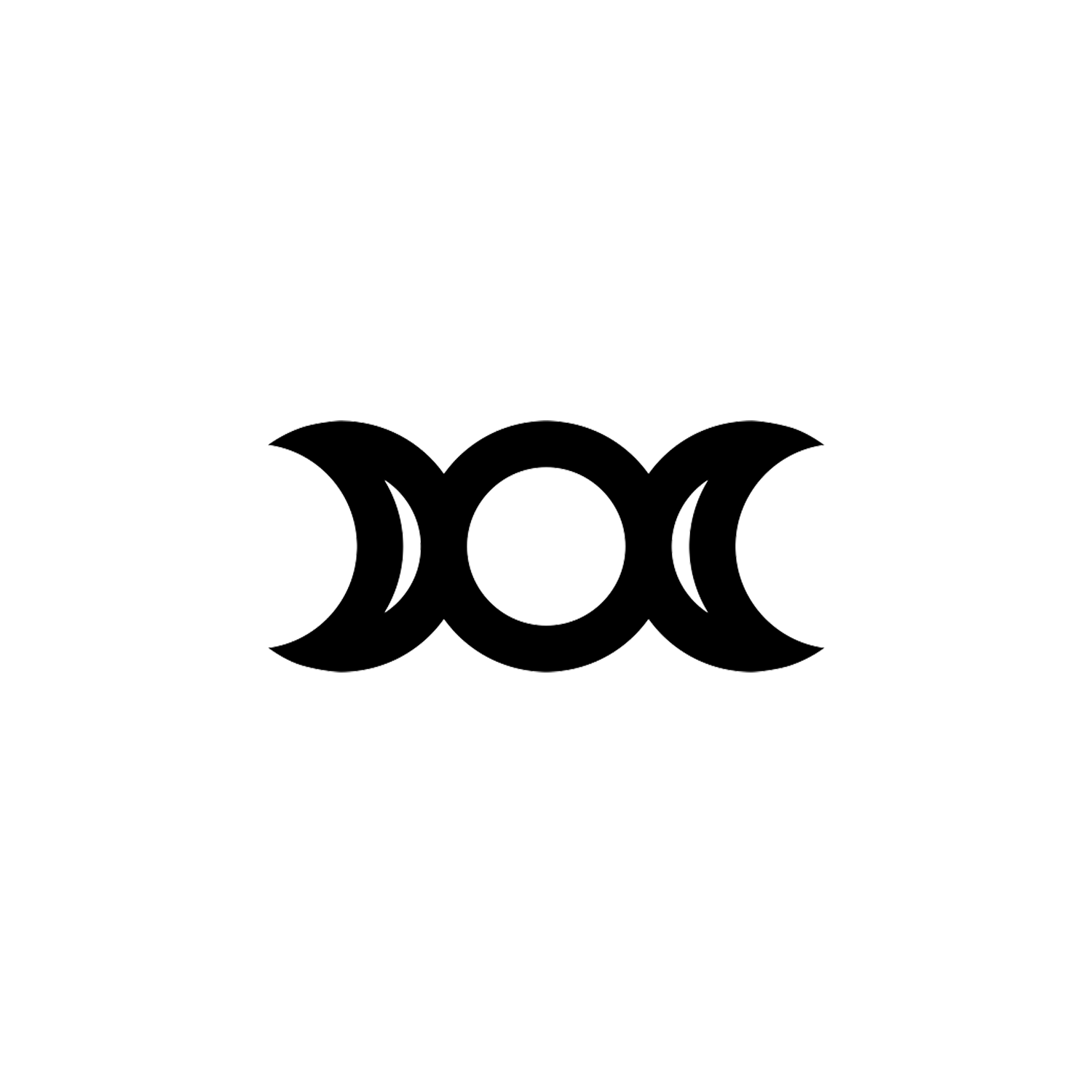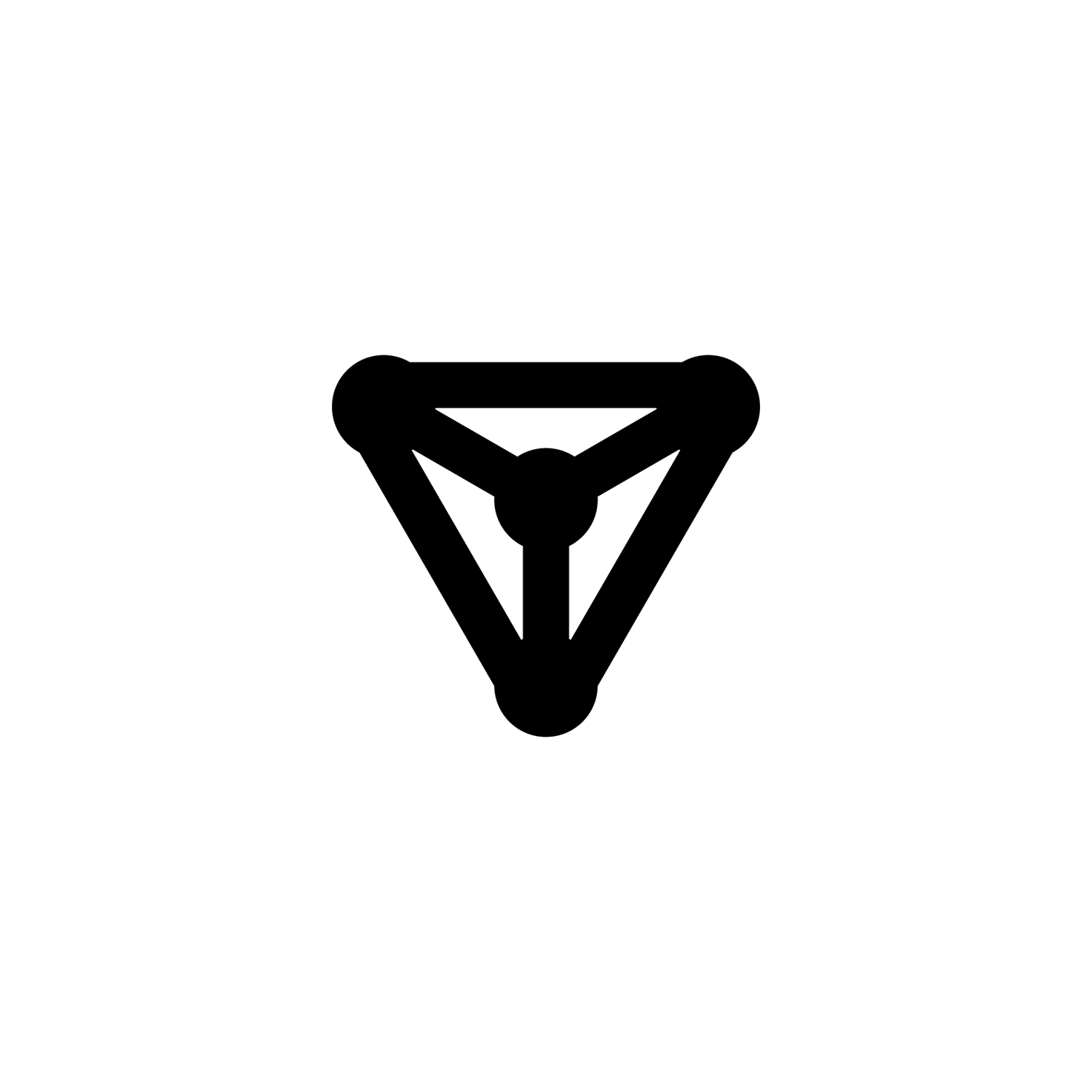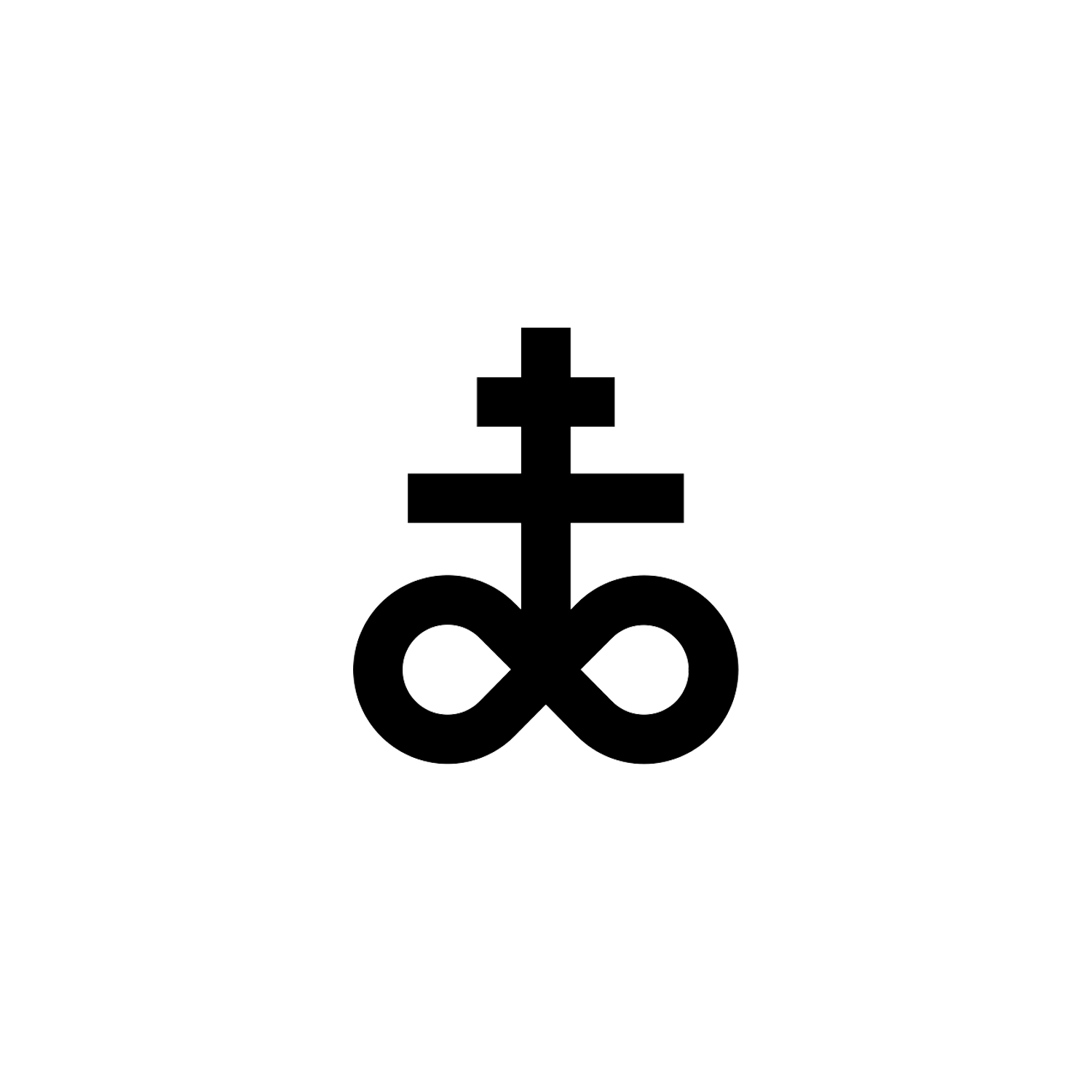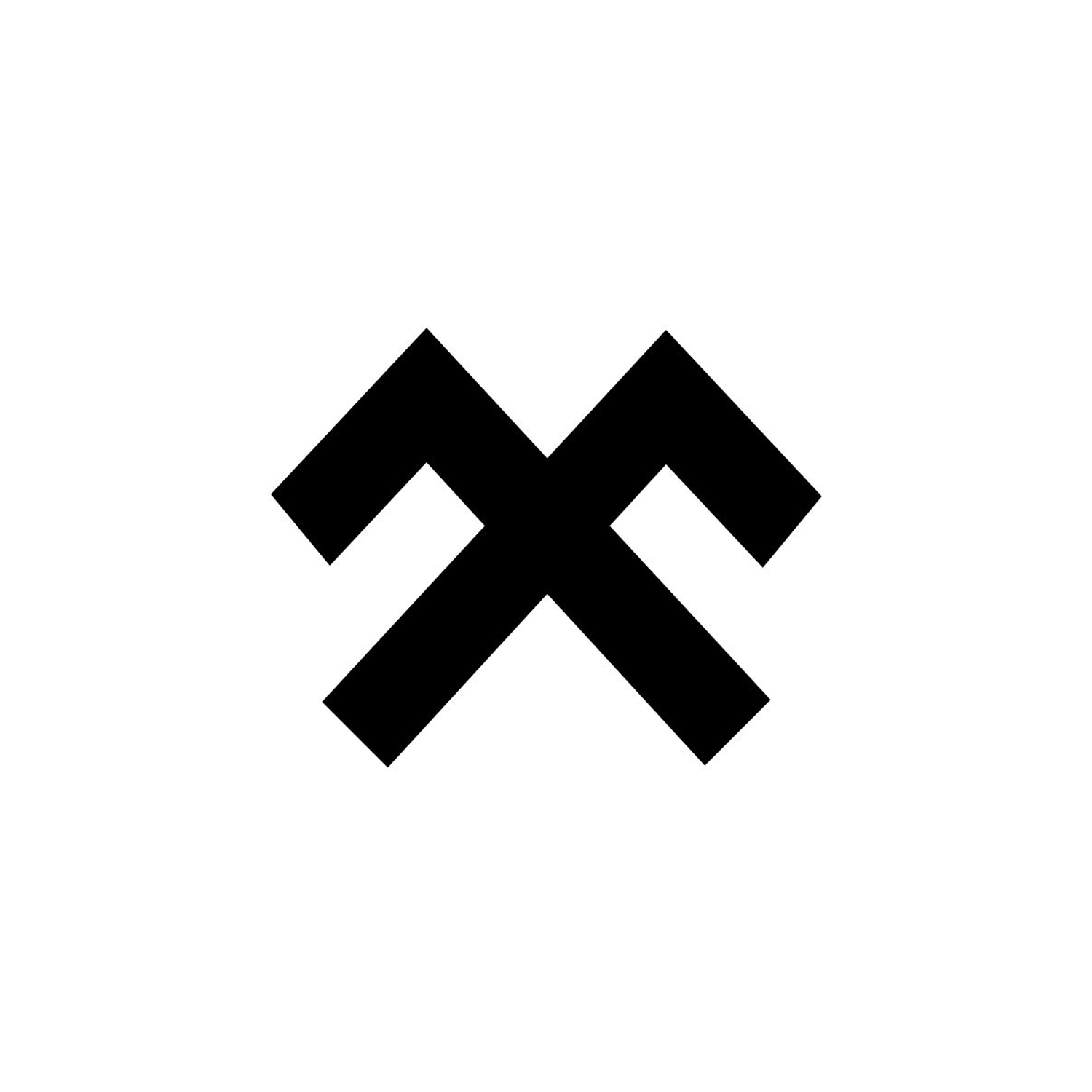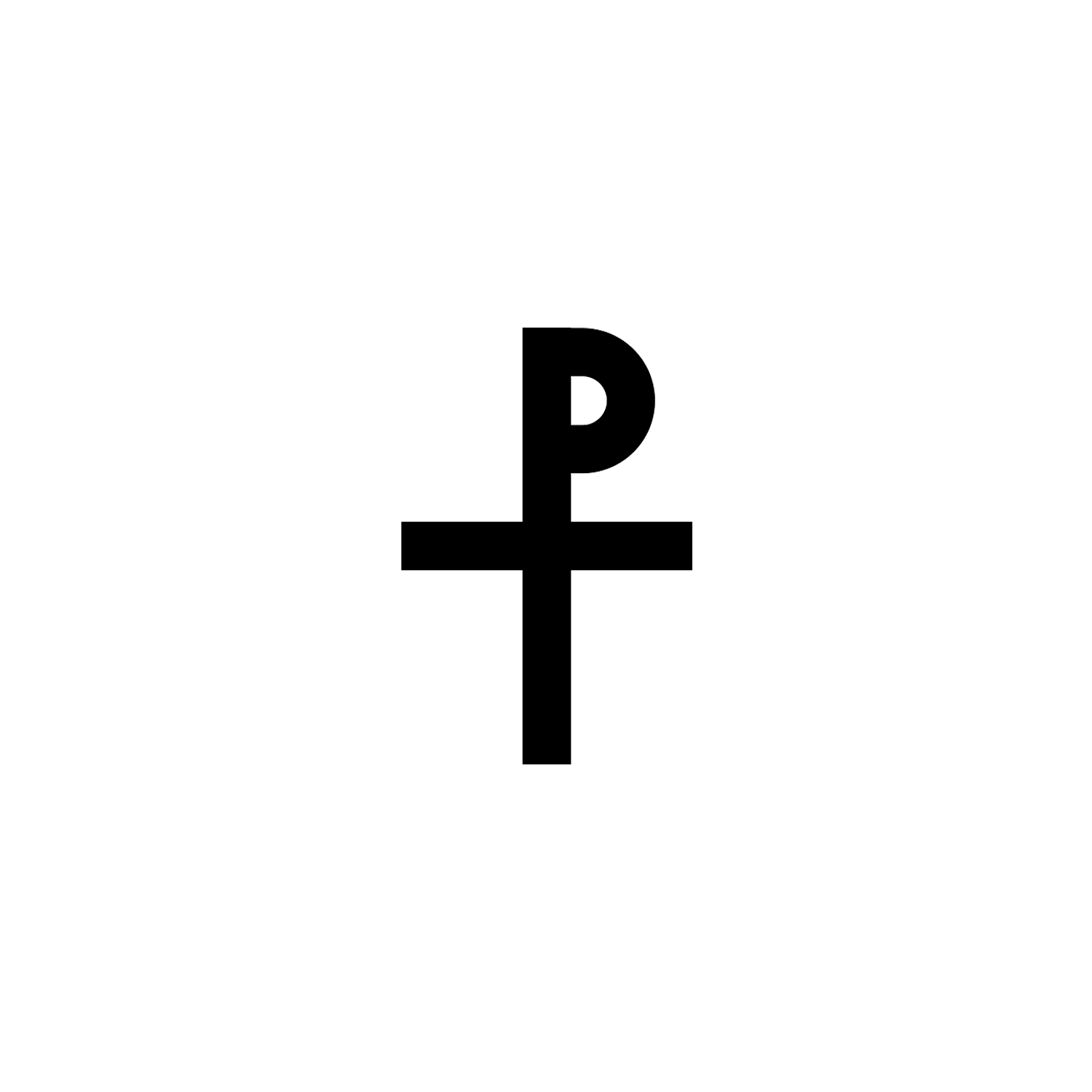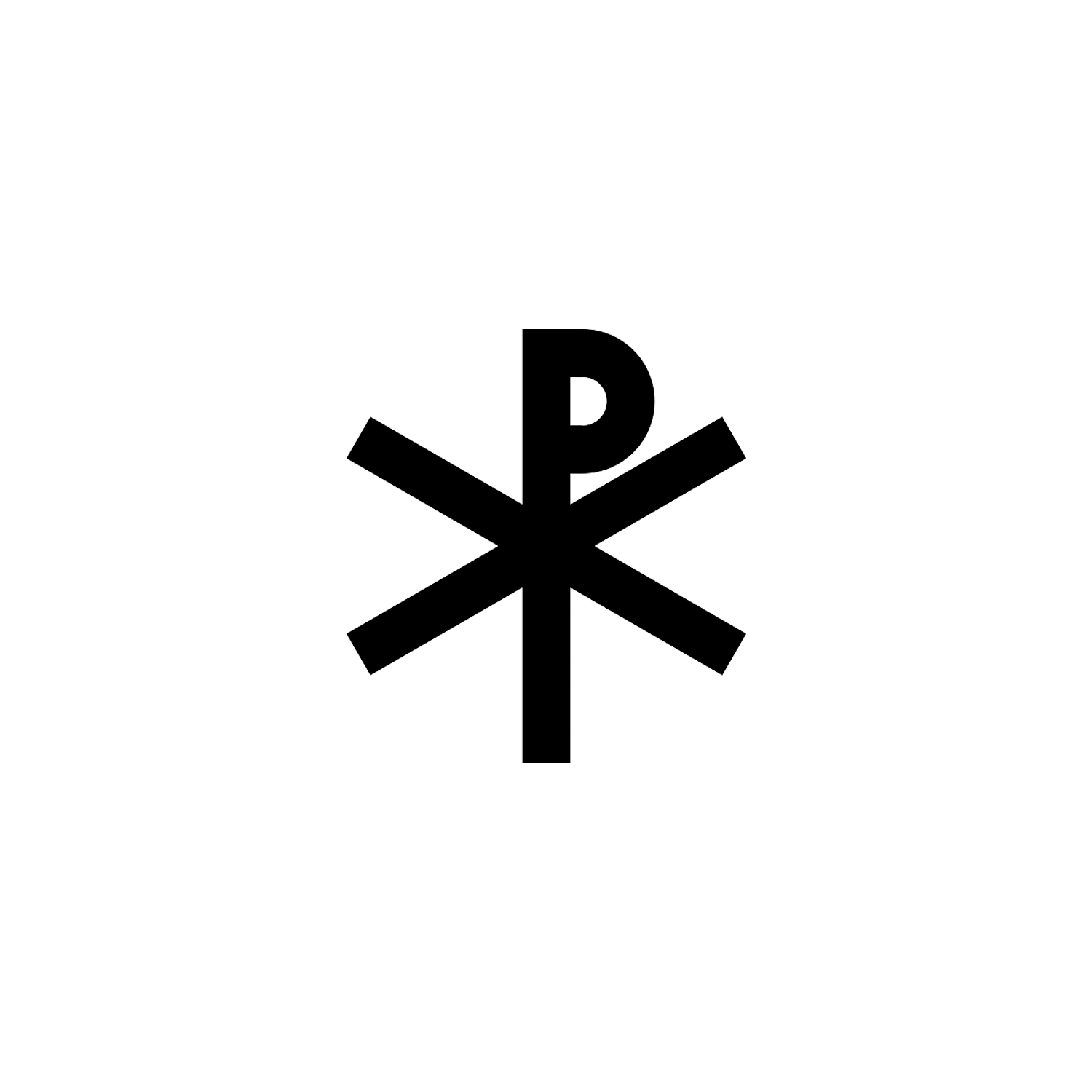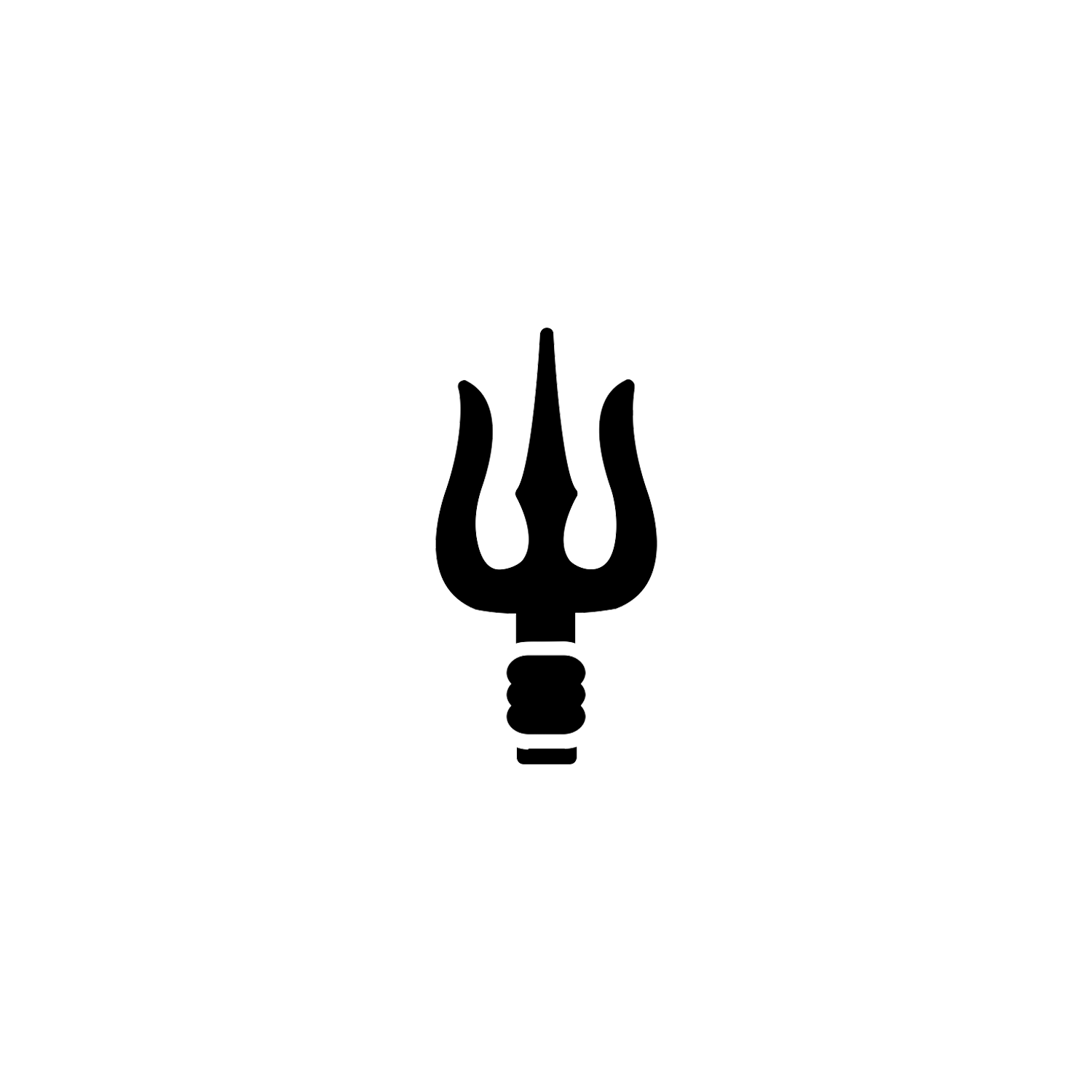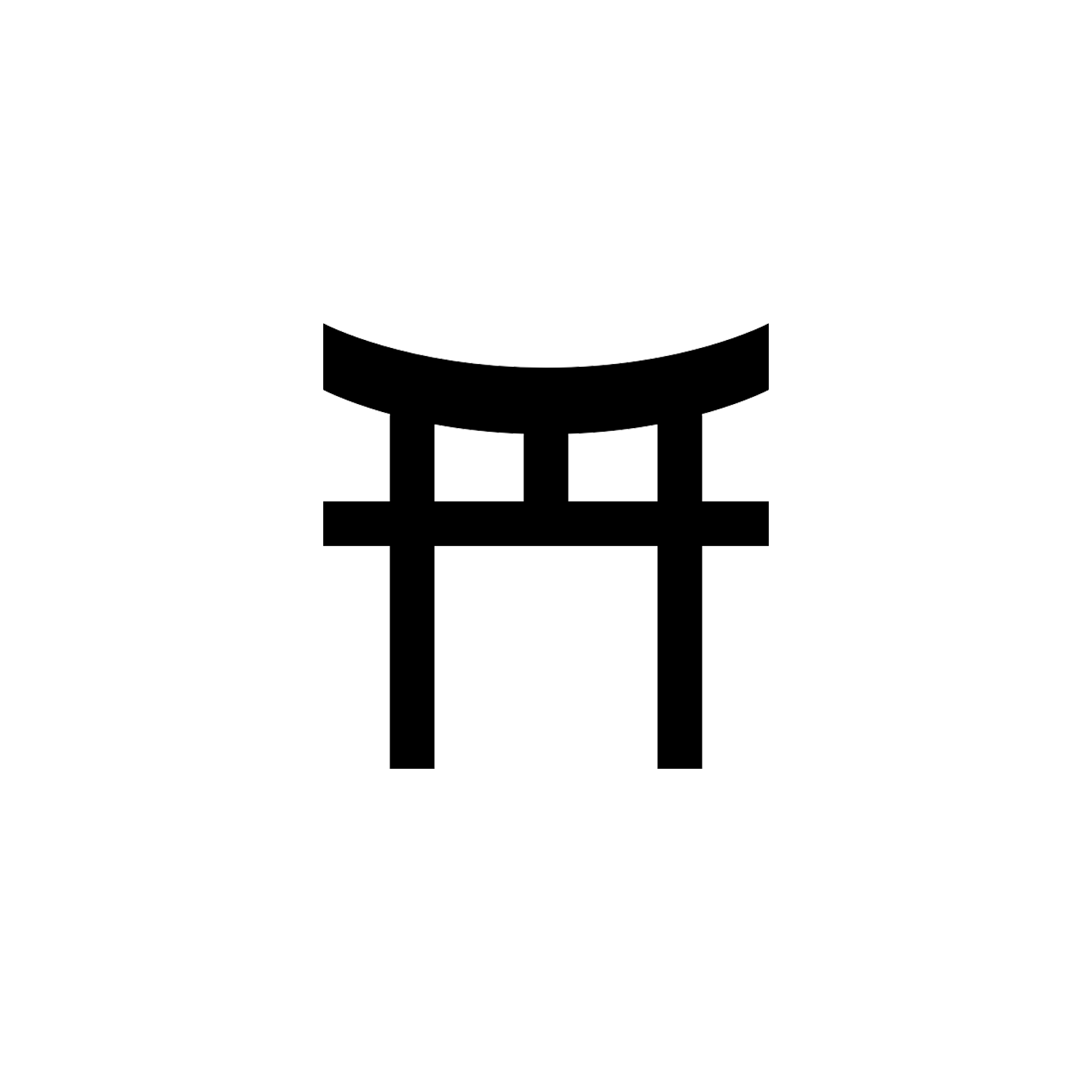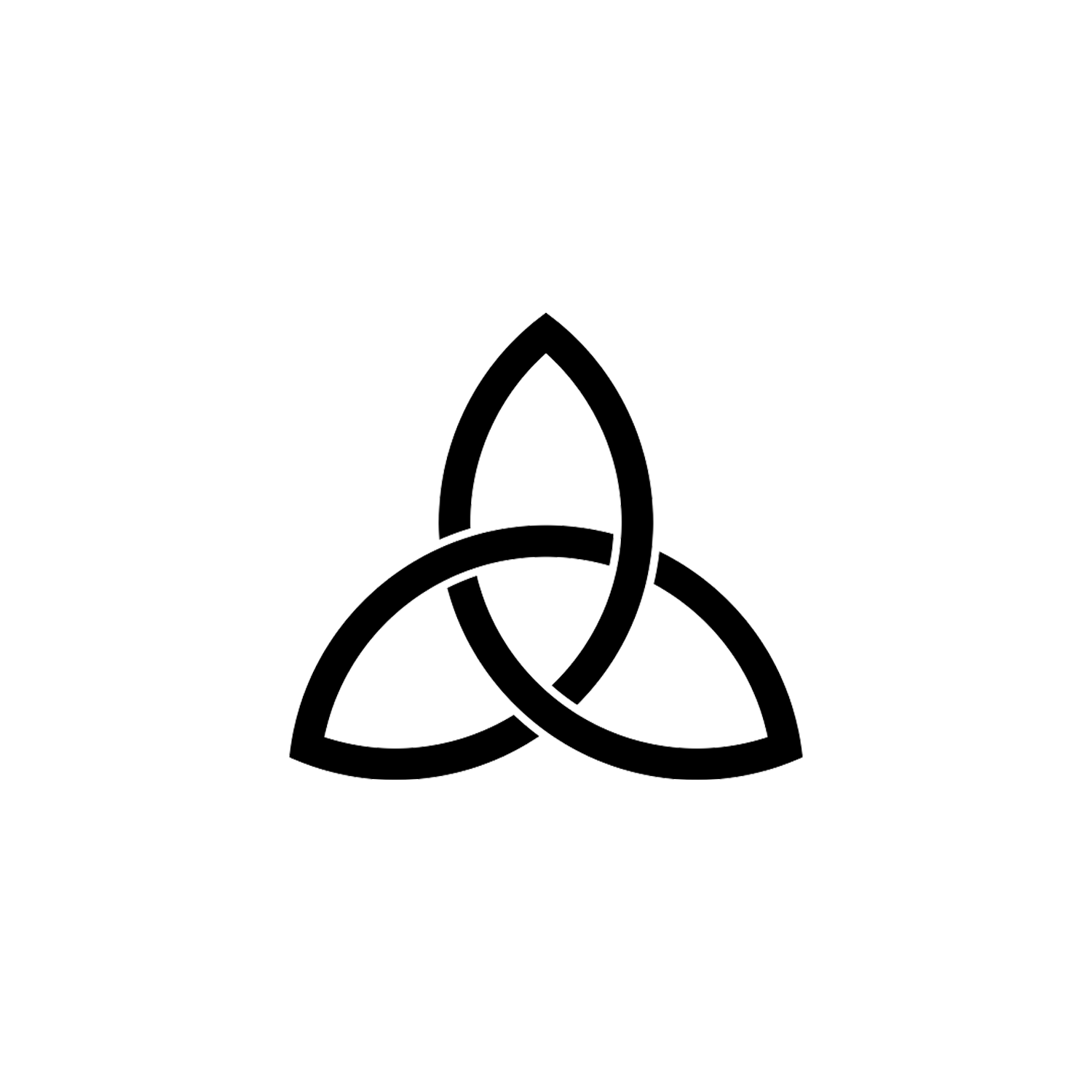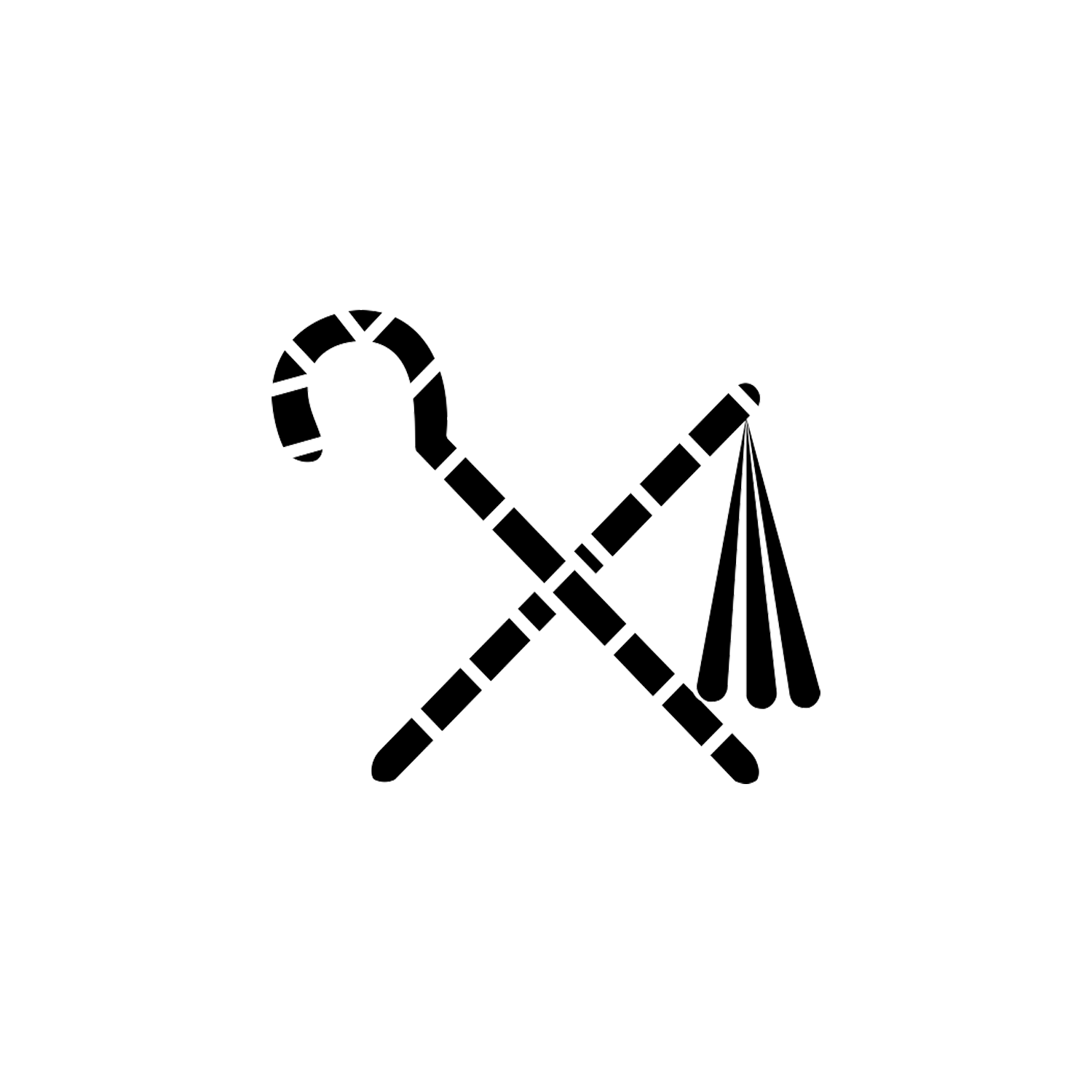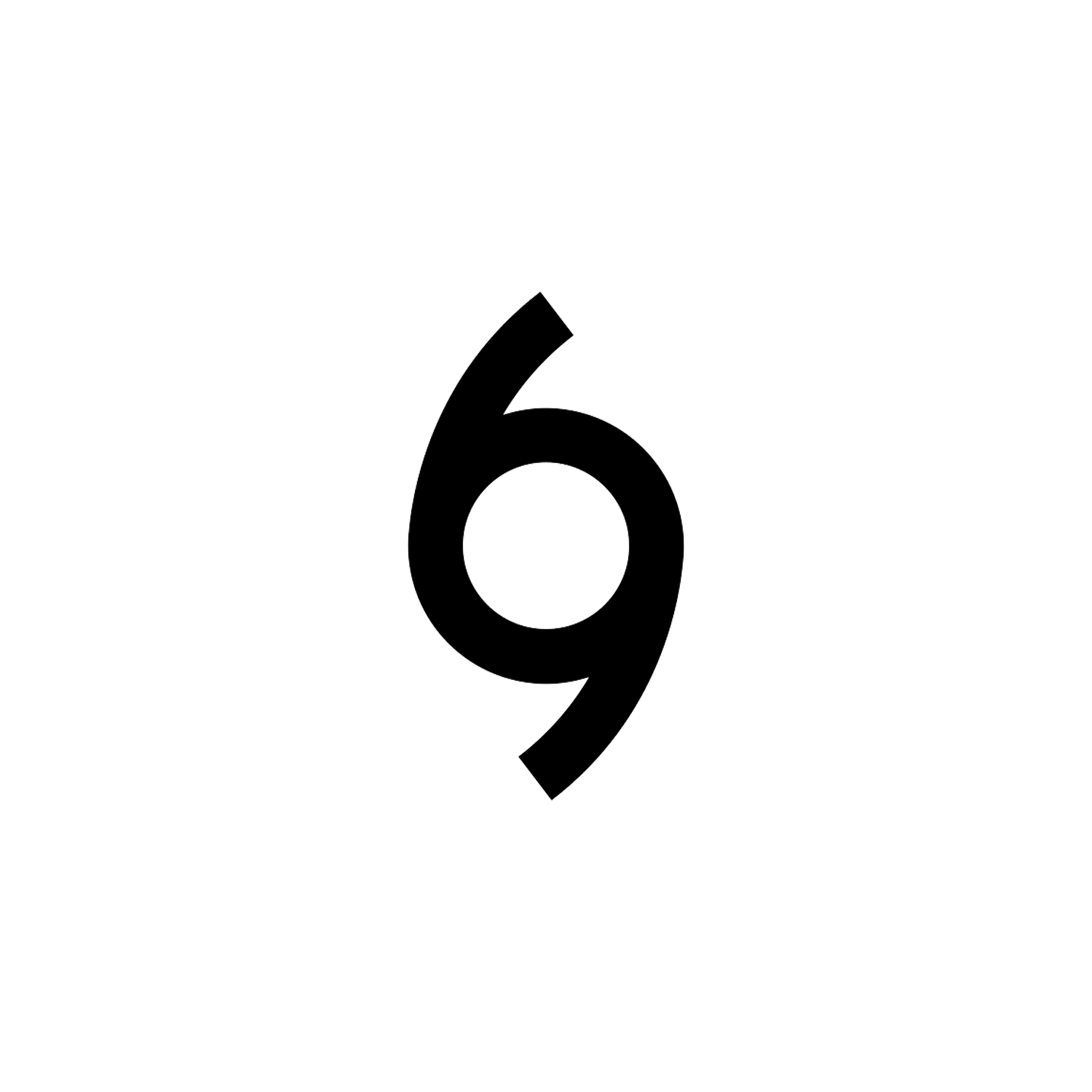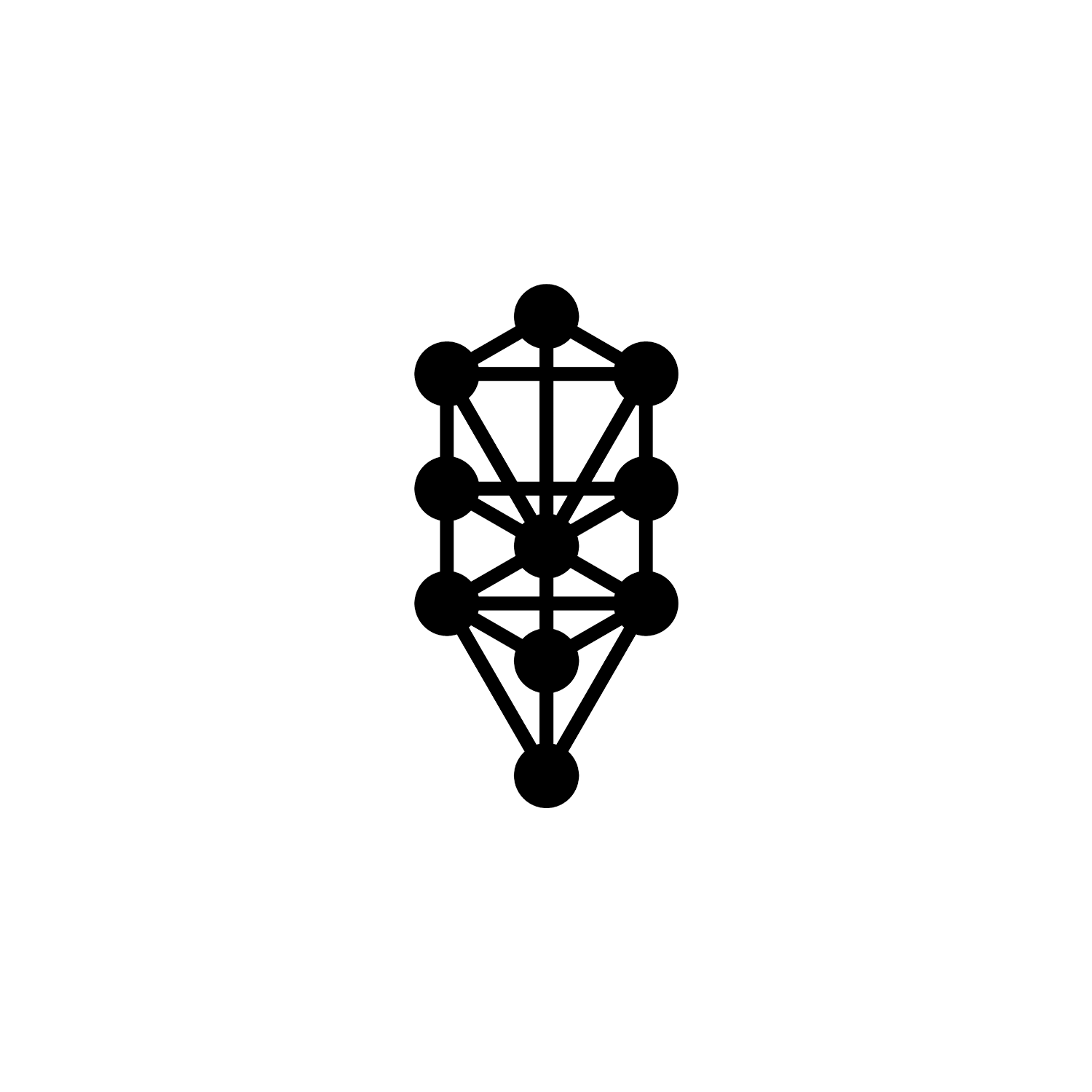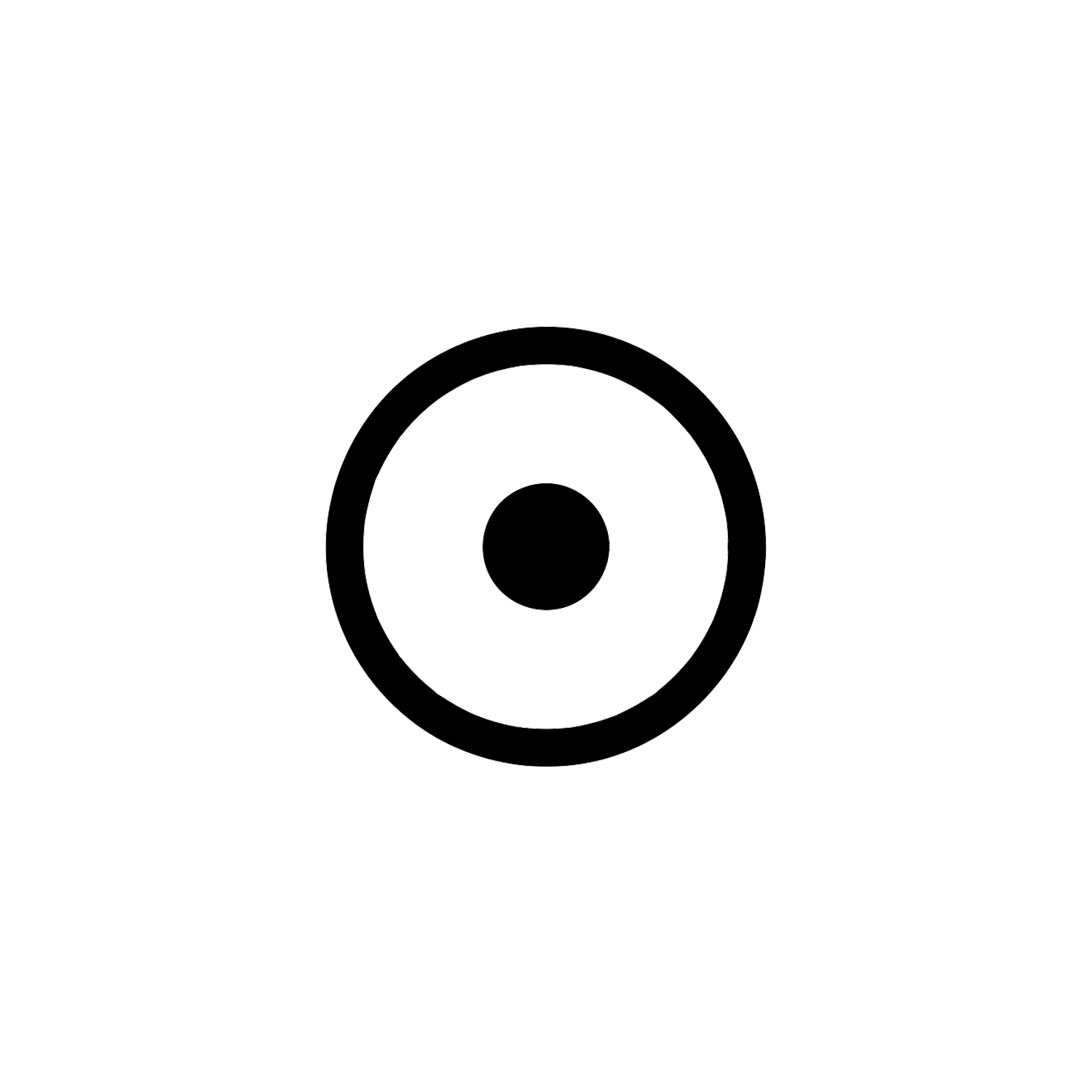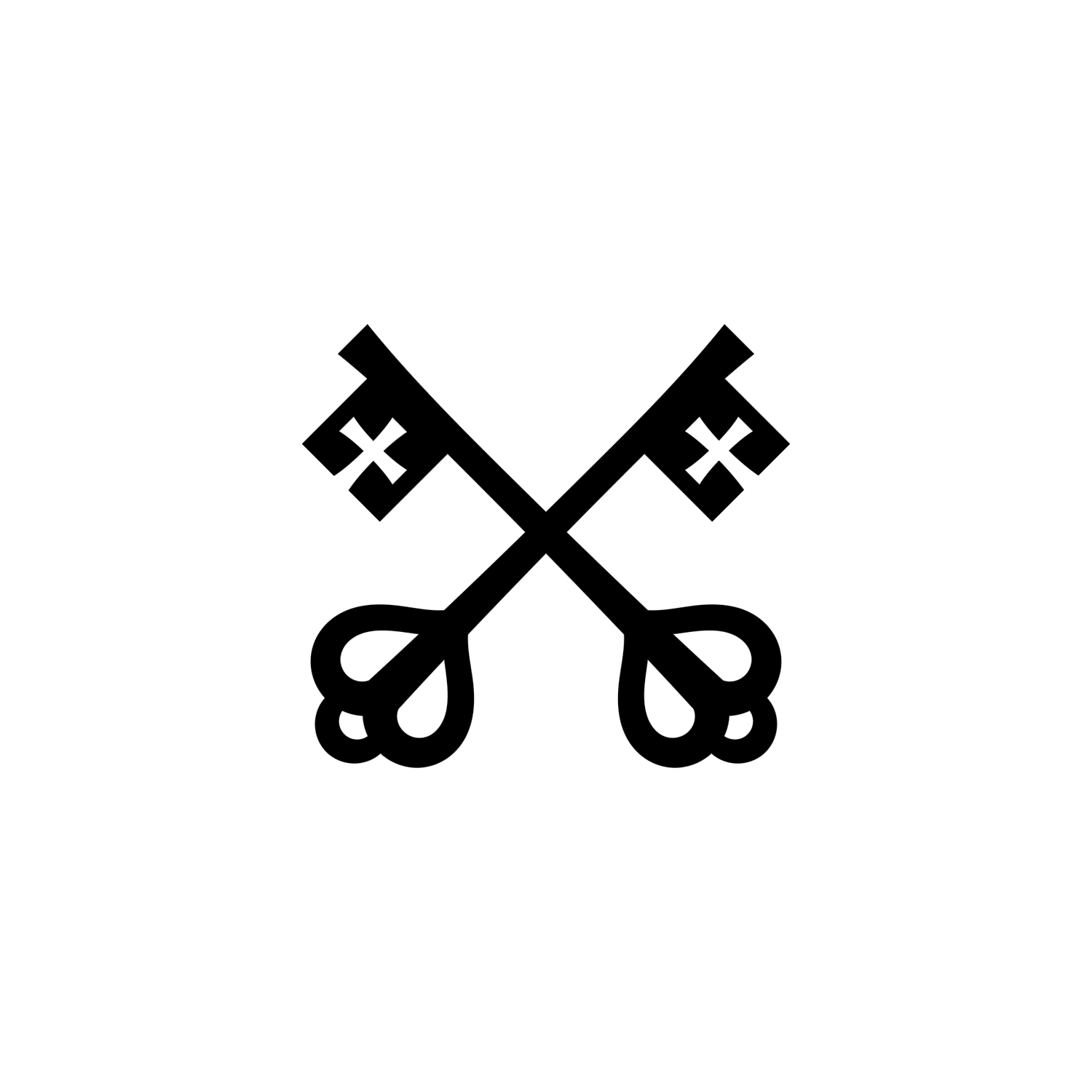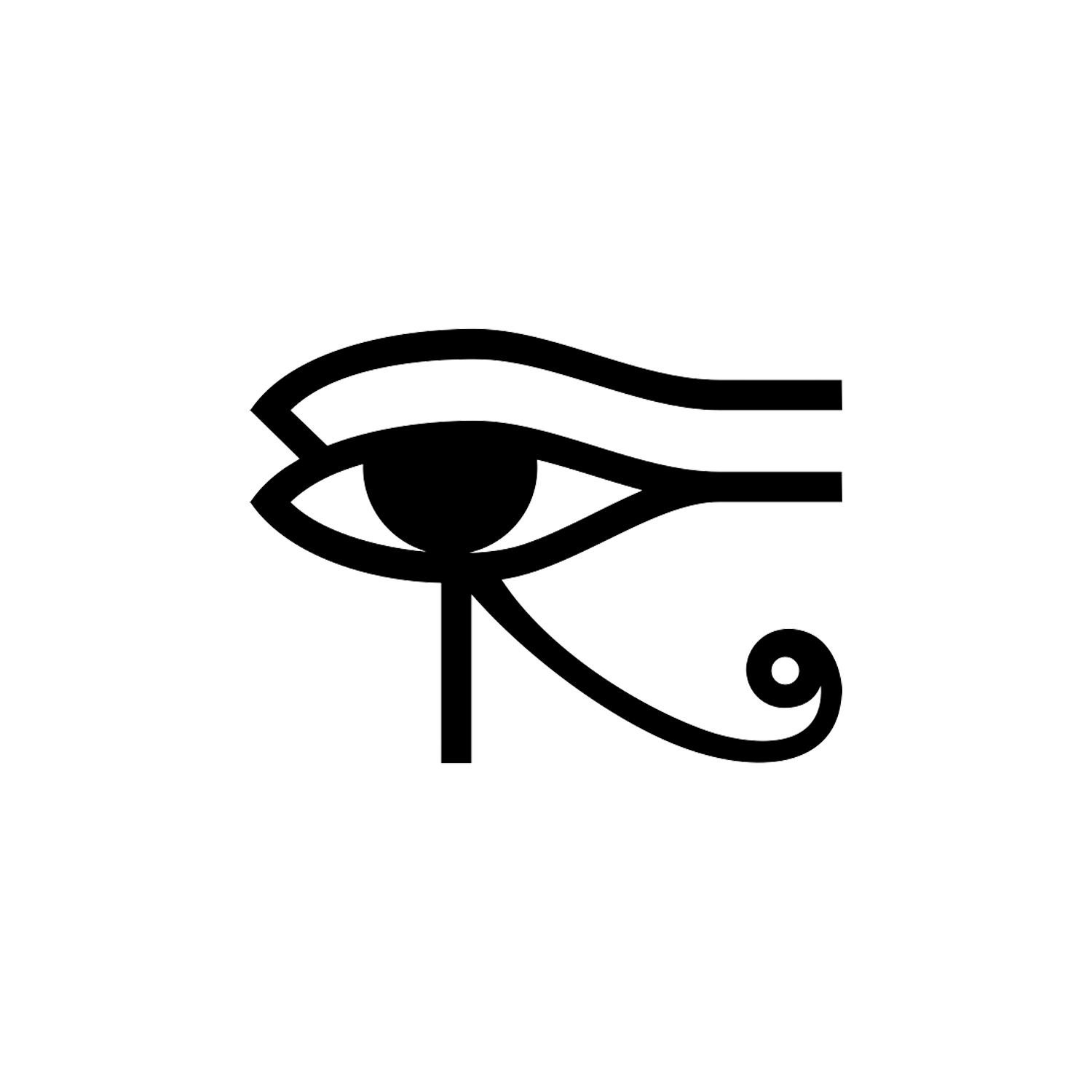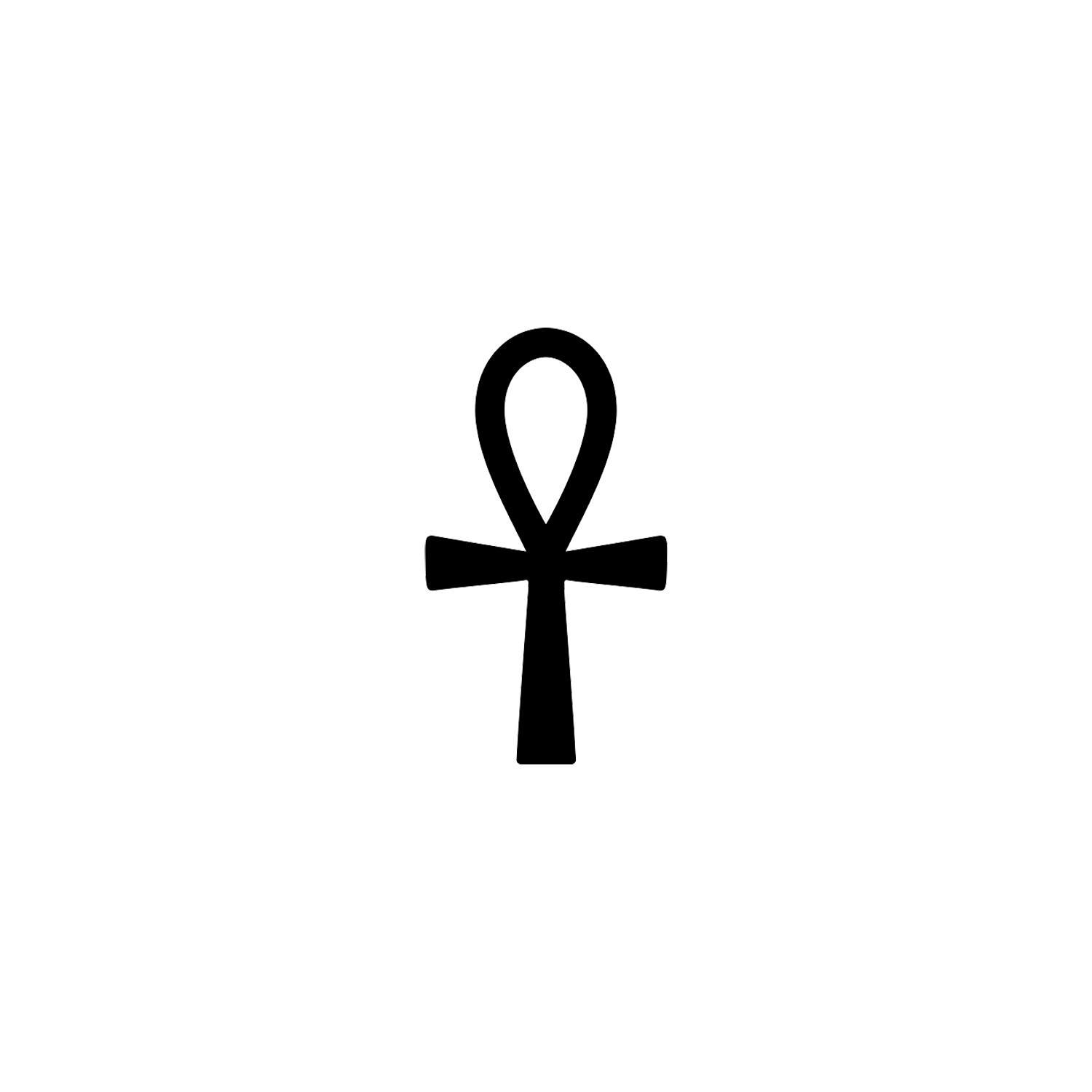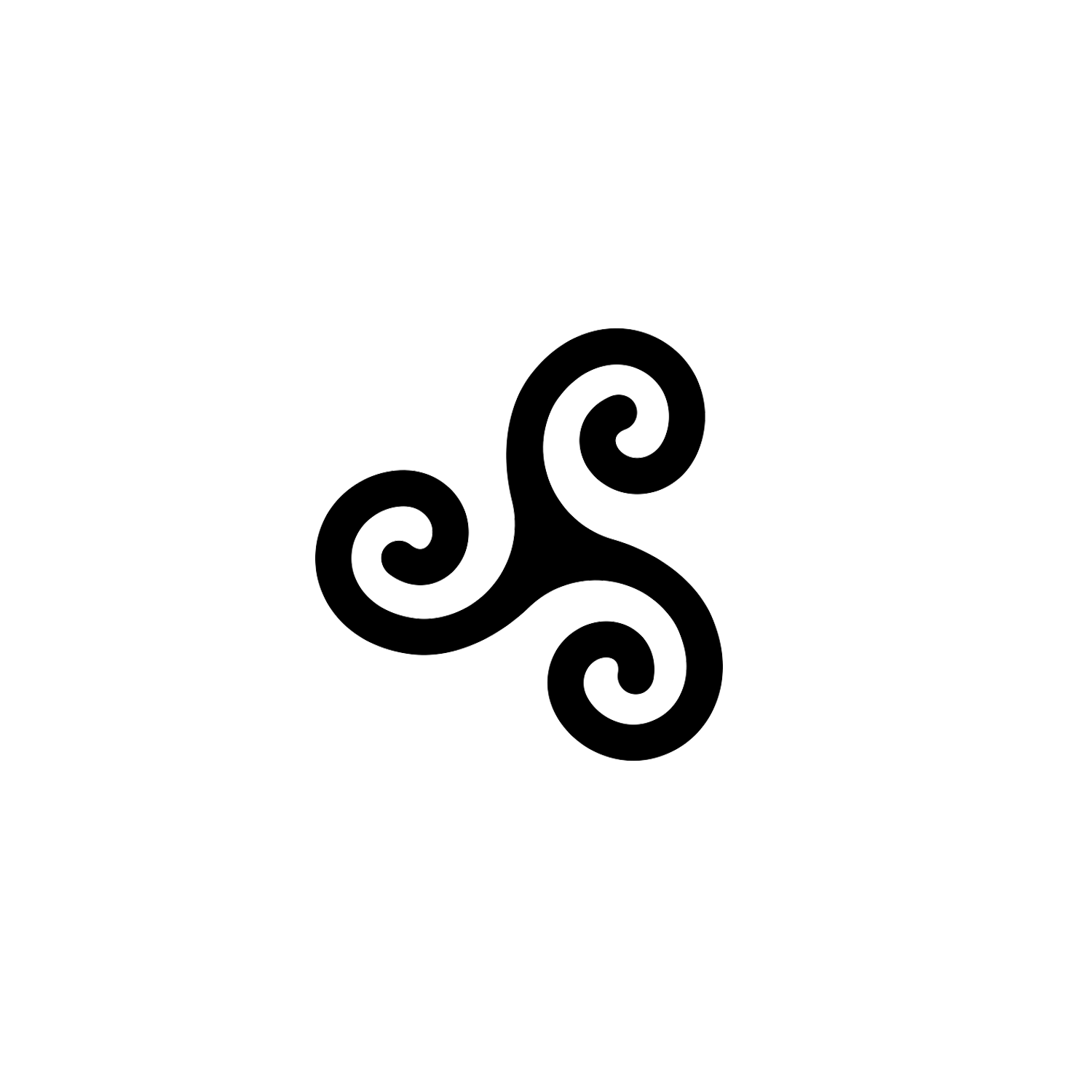Valknut
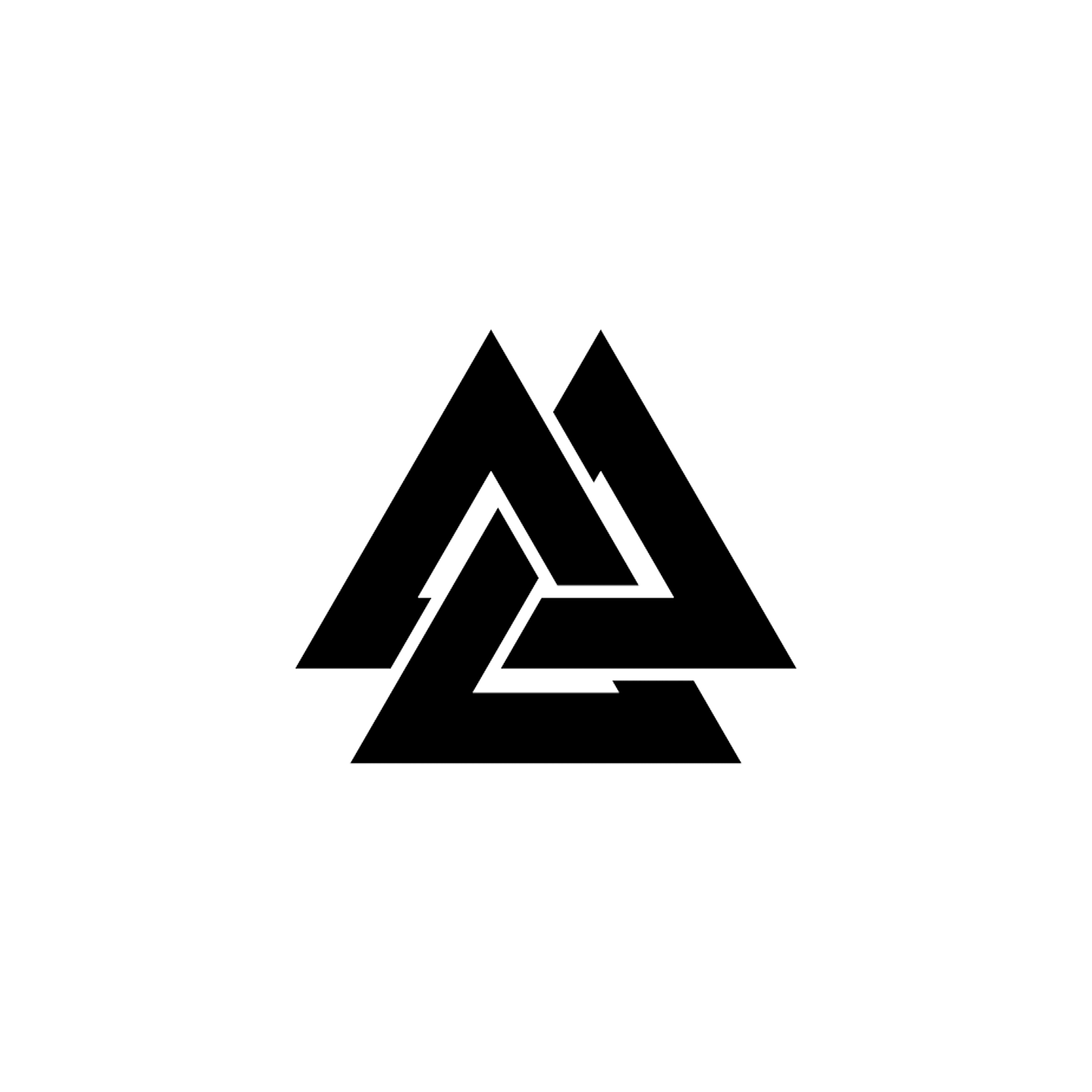

Valknut
Associated with Odin and Heathenry.
Overview
The Valknut is one of the most widely-discussed symbols that appear in connection with Norse mythology. One version of the valknut, called tricursal, features the three separate triangle shapes linked together, and another, called unicursal, uses a single line to form all three triangles (illustrated above).
The appearance of the valknut in the archeological record is highly open to interpretation, and its meaning remains a subject of debate. It has been found on several runestones and pictorial memorial stones that date from the Viking Age and stand on the Swedish island of Gotland, as well as on a bedpost on the Oseberg ship.[1]
Its name isn’t mentioned in any period sources; valknut is a modern Norwegian compound word that means “knot of those fallen in battle” and was invented by Norwegians who lived long after the Viking Age.[2]
Scholars have proposed a variety of explanations for the symbol, most times associating it with the god Odin, other times it has been compared to the three-horned symbol found on the 9th-century Snoldelev Stone, to which it may be related.[3]
Origin and Meaning
The valknut appears on a wide variety of objects found in areas inhabited by the Germanic peoples. The symbol is prominently featured on the Nene River Ring, an Anglo-Saxon gold finger ring dated to around the 8th to 9th centuries.[4] A wooden bed in the Viking Age Oseberg Ship buried near Tønsberg, Norway, features a carving of the symbol on an ornately stylized bedpost and the Oseberg tapestry fragments, a partially preserved tapestry found within the ship burial, also features the symbol.[5]

Additionally, the valknut appears prominently on two picture stones from Gotland, Sweden: the Stora Hammars I stone and the Tängelgårda stone.
The historically attested instances of the symbol appear in two traditional, topologically distinct forms. The symbol appears in unicursal form, topologically a trefoil knot also seen in the triquetra. This unicursal form is found, for example, on the Tängelgårda stone. The symbol also appears in tricursal form, consisting of three linked triangles, topologically equivalent to the Borromean rings. This tricursal form can be seen on one of the Stora Hammars stones, as well as upon the Nene River Ring, and on the Oseberg ship bed post. Although other forms are topologically possible, these are the only attested forms found so far.
In Norwegian Bokmål, the term valknute is used for a polygon with a loop on each of its corners.[6] In the English language, the looped, four-cornered symbol is called Saint John’s Arms.

Chapter 17 of the 13th century Prose Edda book Skáldskaparmál contains the following description of the heart of the jötunn Hrungnir: “Hrungnir had a heart that was famous. It was made of hard stone with three sharp-pointed corners just like the carved symbol hrungnishjarta [Hrungnir’s heart].”[7]
Comparisons have been made between this symbol description and the symbol known as the valknut.[8]
Hilda Ellis Davidson theorizes a connection between the valknut, the god Odin, and “mental binds”:
For instance, beside the figure of Odin on his horse shown on several memorial stones there is a kind of knot depicted, called the valknut, related to the triskele. This is thought to symbolize the power of the god to bind and unbind, mentioned in the poems and elsewhere.
Odin had the power to lay bonds upon the mind, so that men became helpless in battle, and he could also loosen the tensions of fear and strain by his gifts of battle-madness, intoxication, and inspiration.[9]
Davidson says that similar symbols are found beside figures of wolves and ravens on “certain cremation urns” from Anglo-Saxon cemeteries in East Anglia.[9]
Because the symbol appears on picture stones with Odin and on burial gifts in the Oseberg ship burial, Rudolf Simek says that the symbol may have been associated with religious practices surrounding death.[10]
The valknut is topologically equivalent to either the Borromean rings, the triquetra, or (in modern use only) a closed three-link chain, depending on the particular artistic depiction:



The symbol is used for a variety of purposes in modern popular culture. The valknut symbol is used as a religious symbol by adherents of Heathenry, a new religious movement inspired by historic Germanic paganism.[11]
Since the mid-20th century, the valknut has been adopted as a symbol by white supremacists, anti-government extremists, and Neo-Pagan racists, such as Odinists (sometimes called Wotanists). In countries where the swastika is outlawed, Neo-Nazis use the valknut as a socially acceptable substitute.
Conclusion
Valknut, an Old Norse symbol composed of three interlocking triangles. The name is a modern Norwegian word that means “knot of those fallen in battle”.
It has been associated with the god Odin. Another theory suggests that the valknut represents the heart of Hrungnir, a jötun (“giant”) made entirely of stone.
It is a symbol similar to the Boromean rings, the triquetra and the triskelion.
[1] Simek, Rudolf. 1993. A Dictionary of Northern Mythology. Trans. Angela Hall. p. 163.
[2] Ibid.
[3] Ellis Davidson, Hilda Roderick. 1964. Gods and Myths of Northern Europe. p. 147.
[4] The British Museum Online. "finger-ring"
[5] Davidson (1967:125).
[6] Municipal arms for Lødingen, blazoned in the Norwegian Royal Decree of 11 May 1984, quoted in Hans Cappelen og Knut Johannessen: Norske kommunevåpen, Oslo 1987, page 197. The term is also used in Anders Bjønnes: Segltegninger fra hyllingene i Norge 1591 og 1610, Oslo 2010, pages 64–65.
[7] Byock, Jesse (trans.) (2006). The Prose Edda. p. 88. Penguin Classics. ISBN 0-14-044755-5
[8] Simek (2007:163).
[9] Davidson (1990:147).
[10] Simek (2007:163).
[11] Harvey, Graham (2007). Listening People, Speaking Earth: Contemporary Paganism (second ed.). p. 59. London: Hurst & Company. ISBN 978-1-85065-272-4
Latest Symbols
Monthly Digest
A summary of symbols for the month in a quick read format straight to your inbox.

